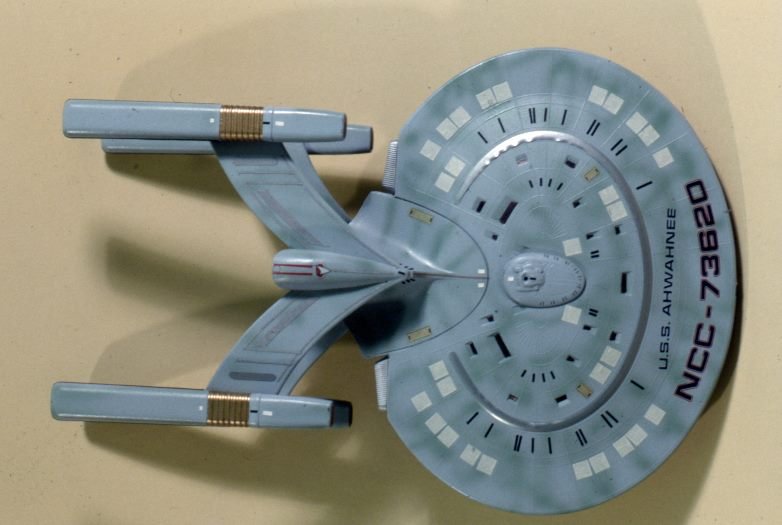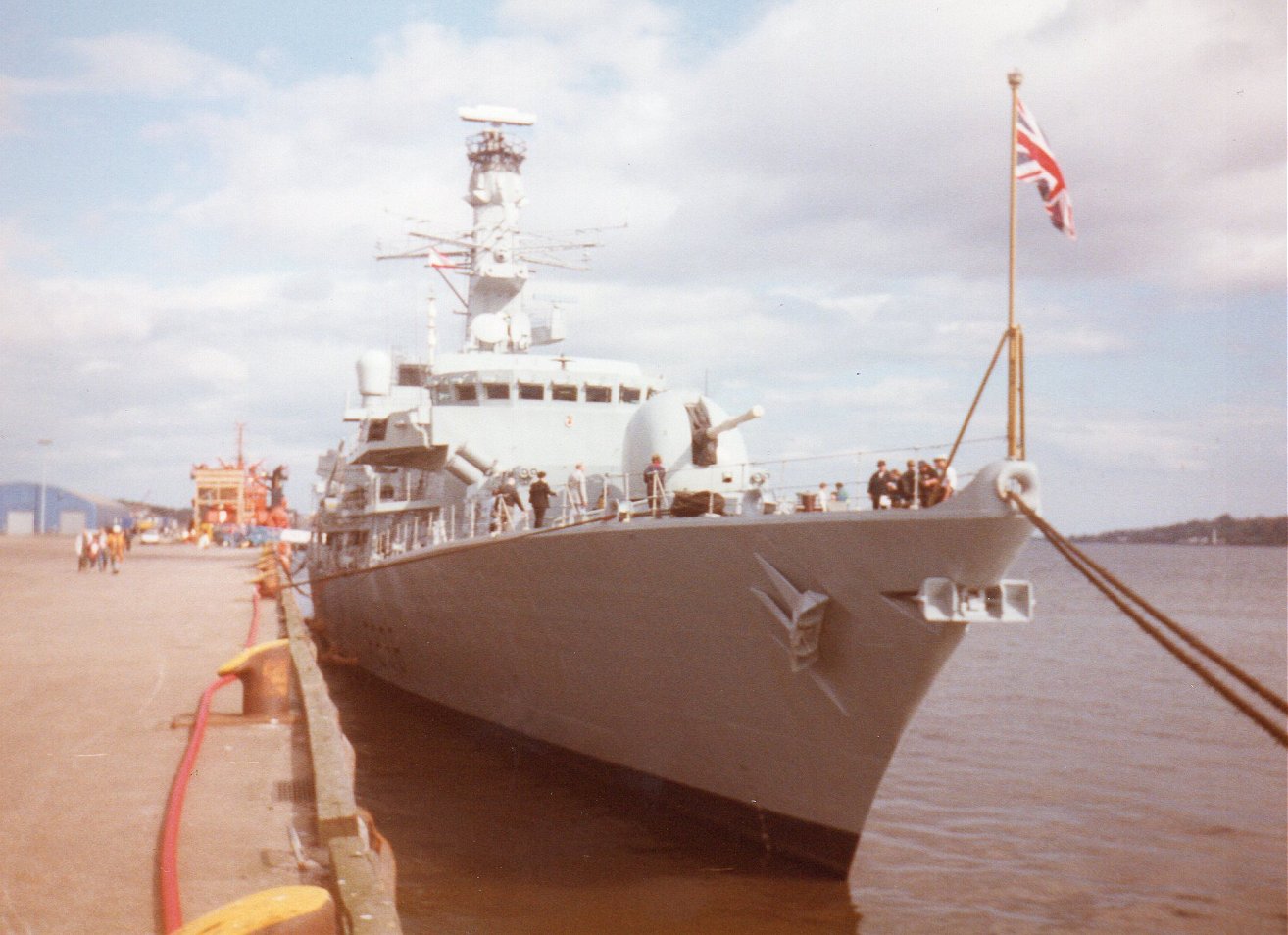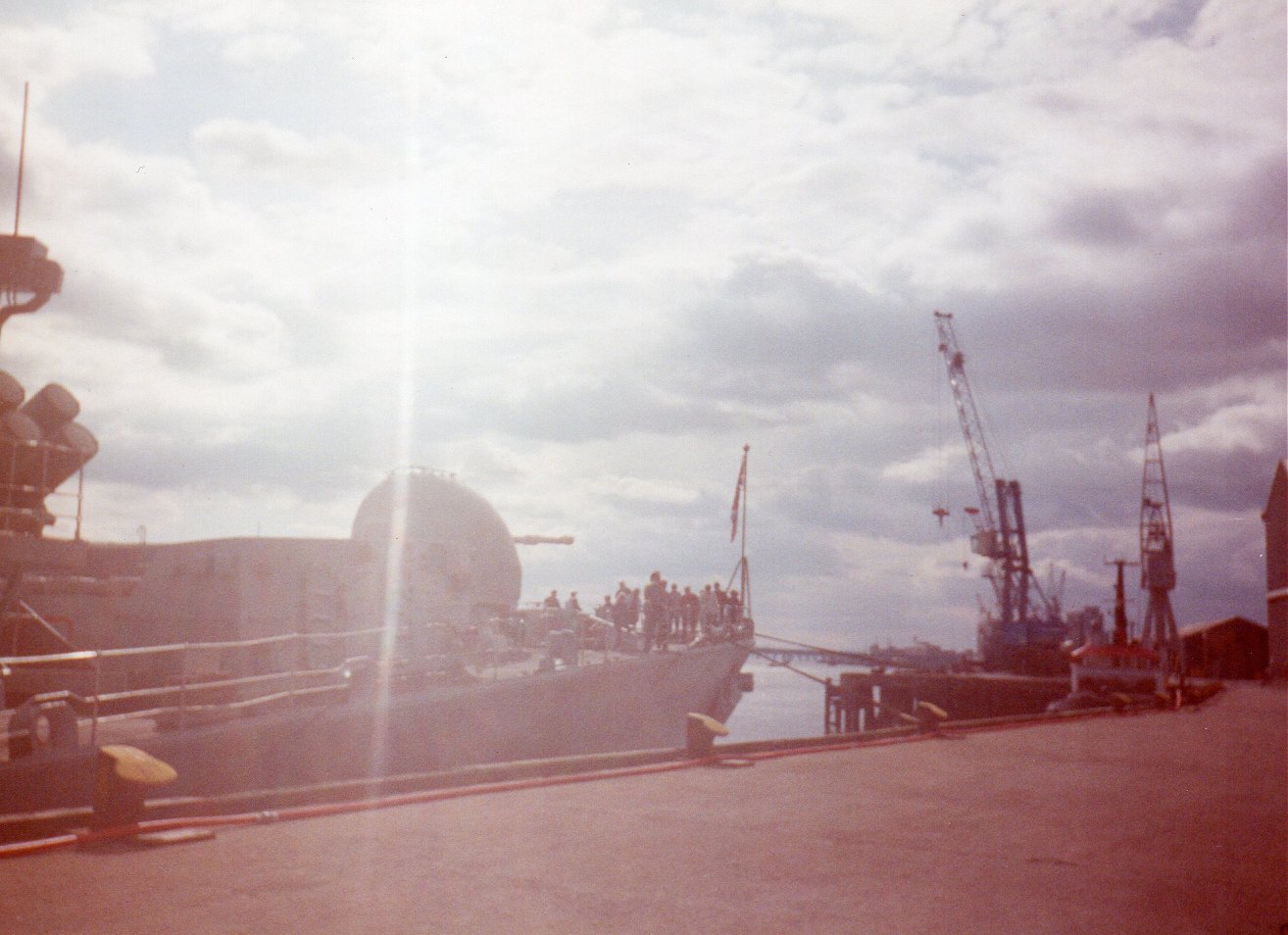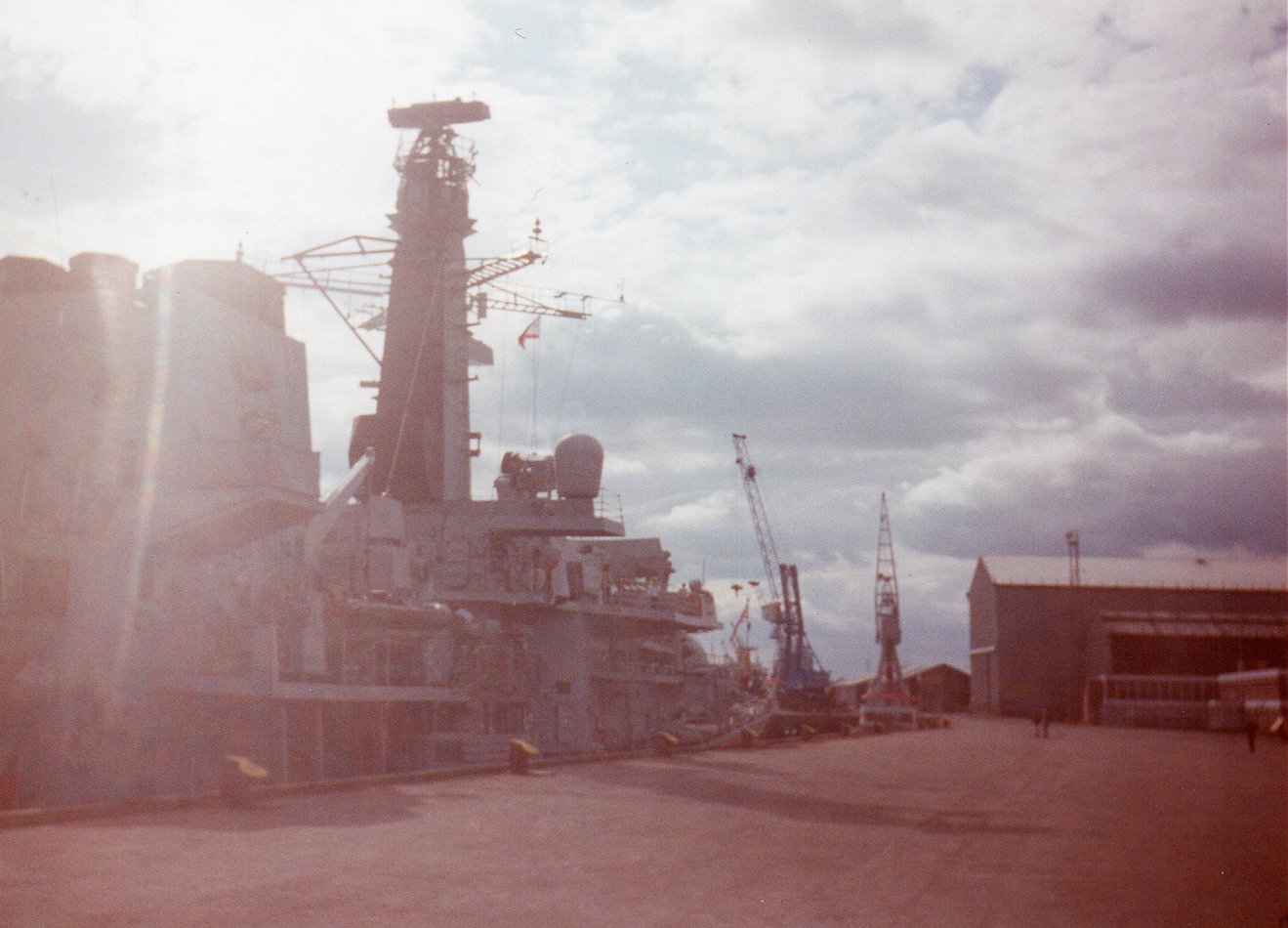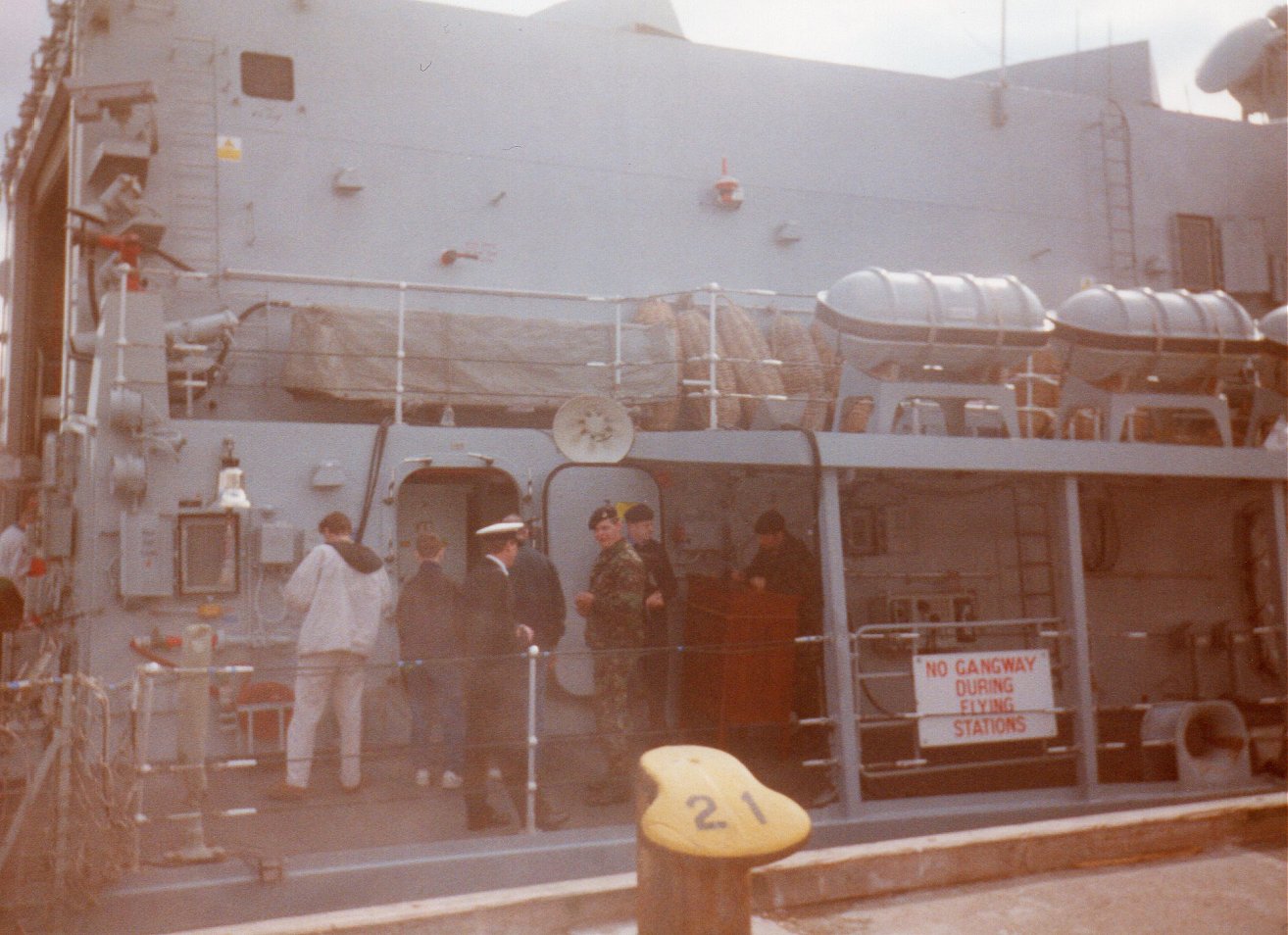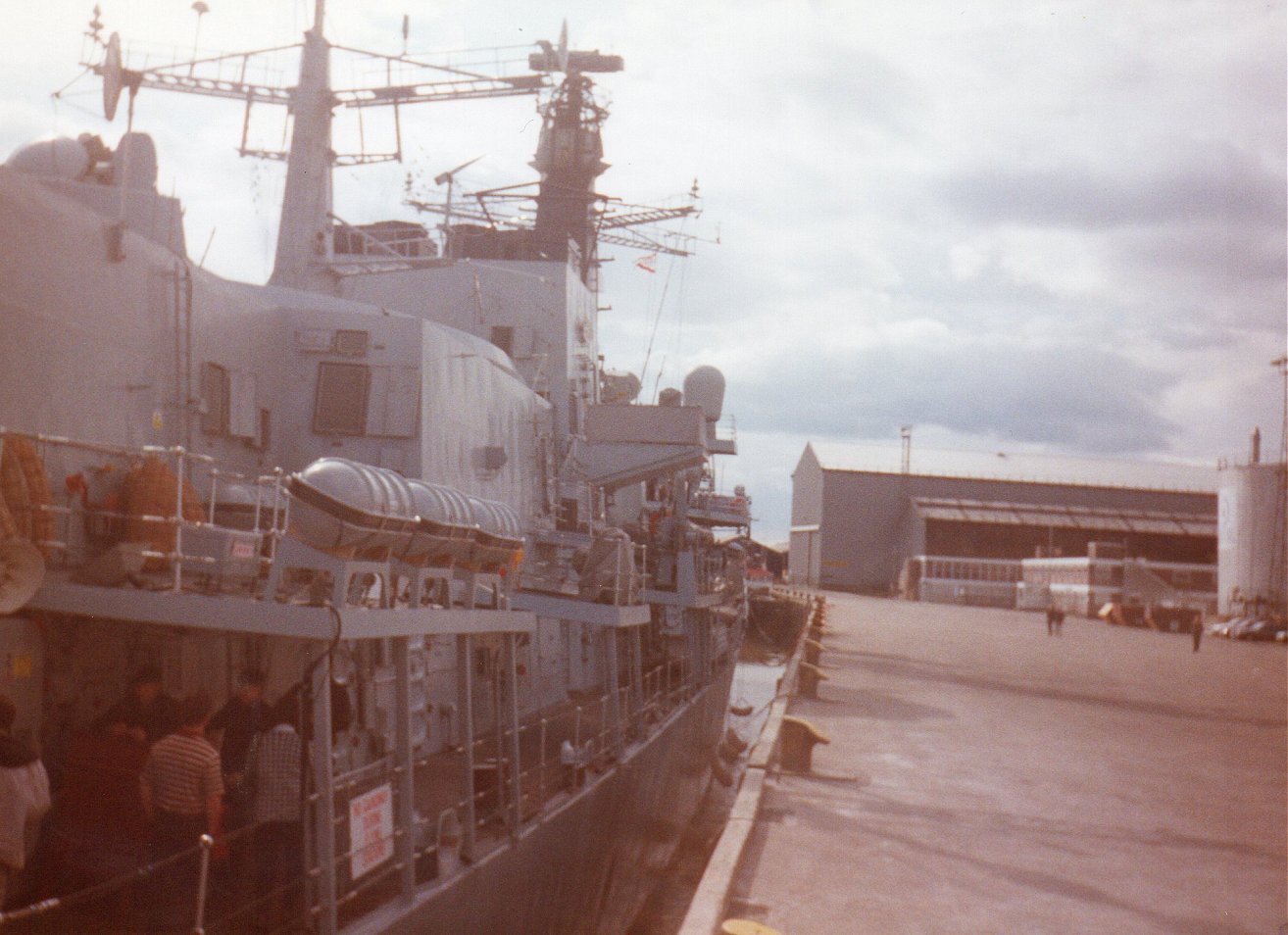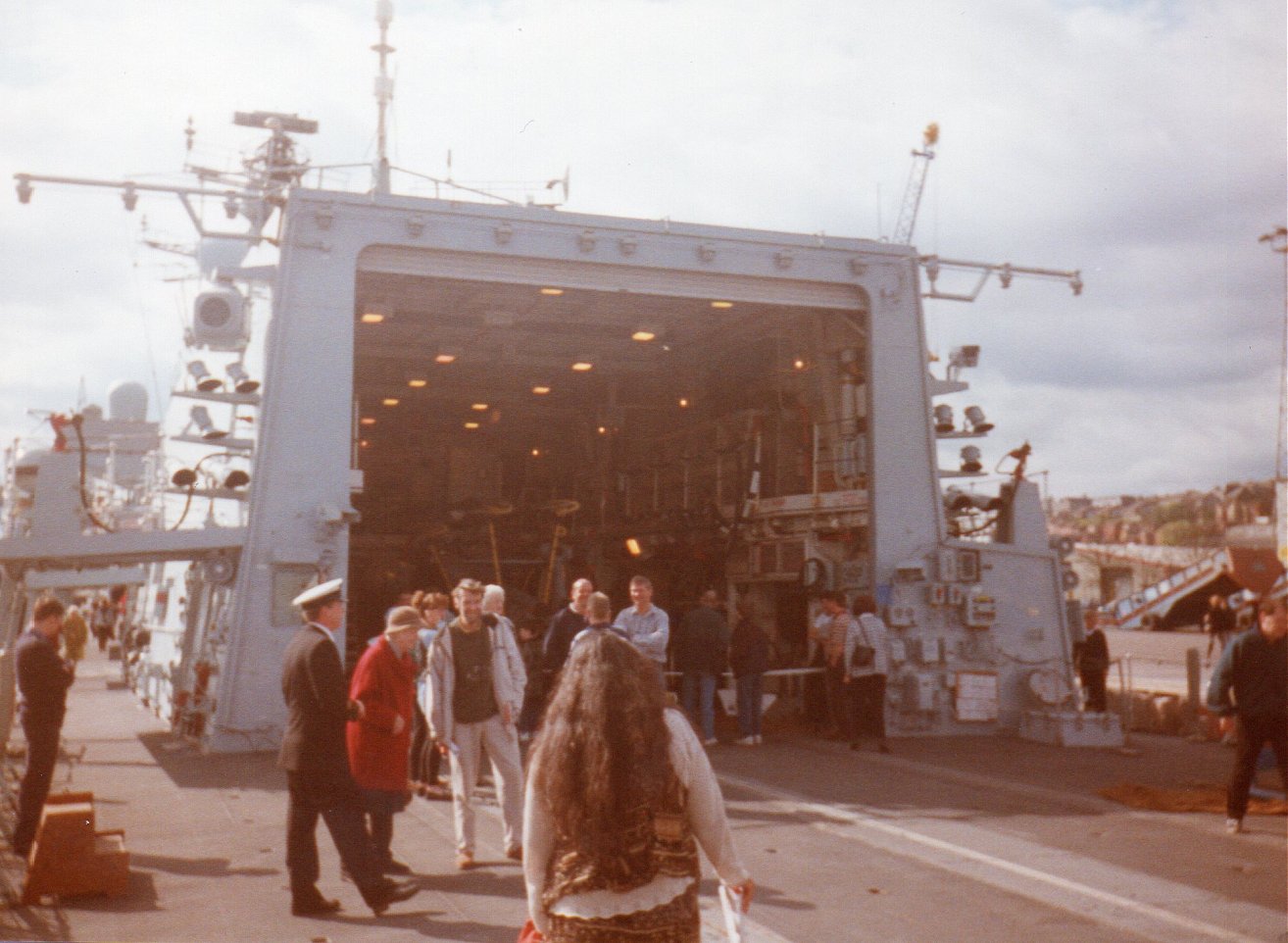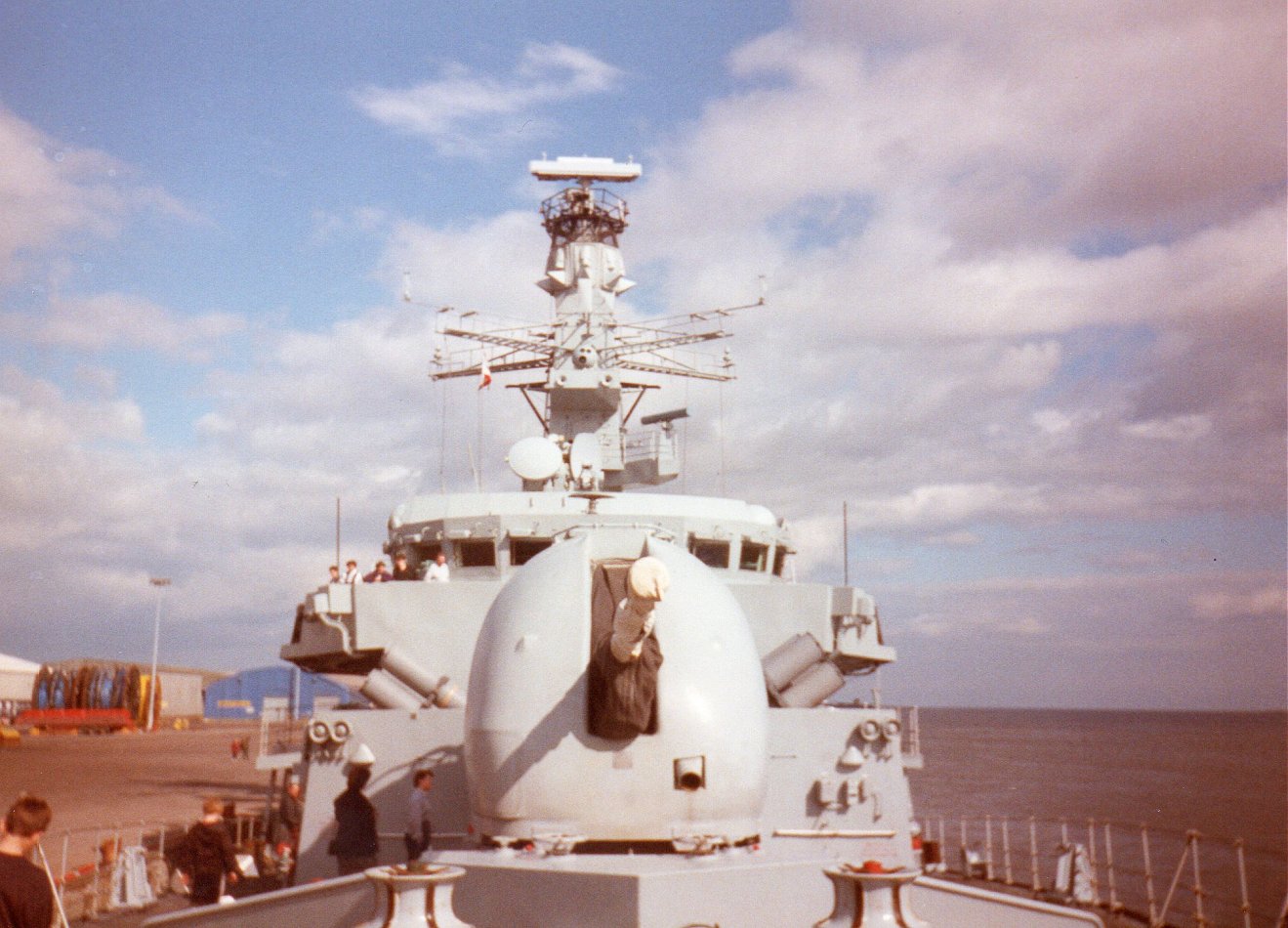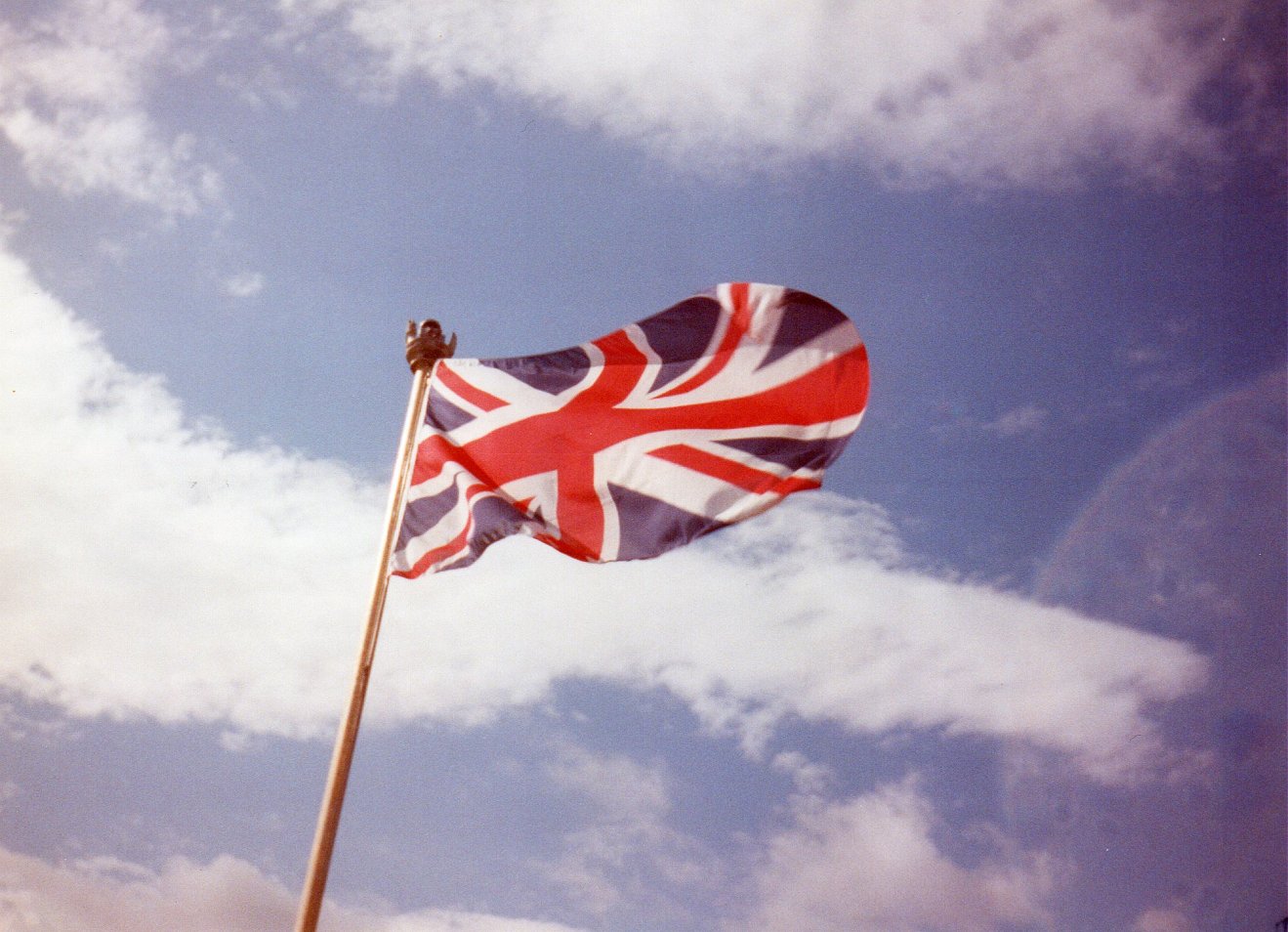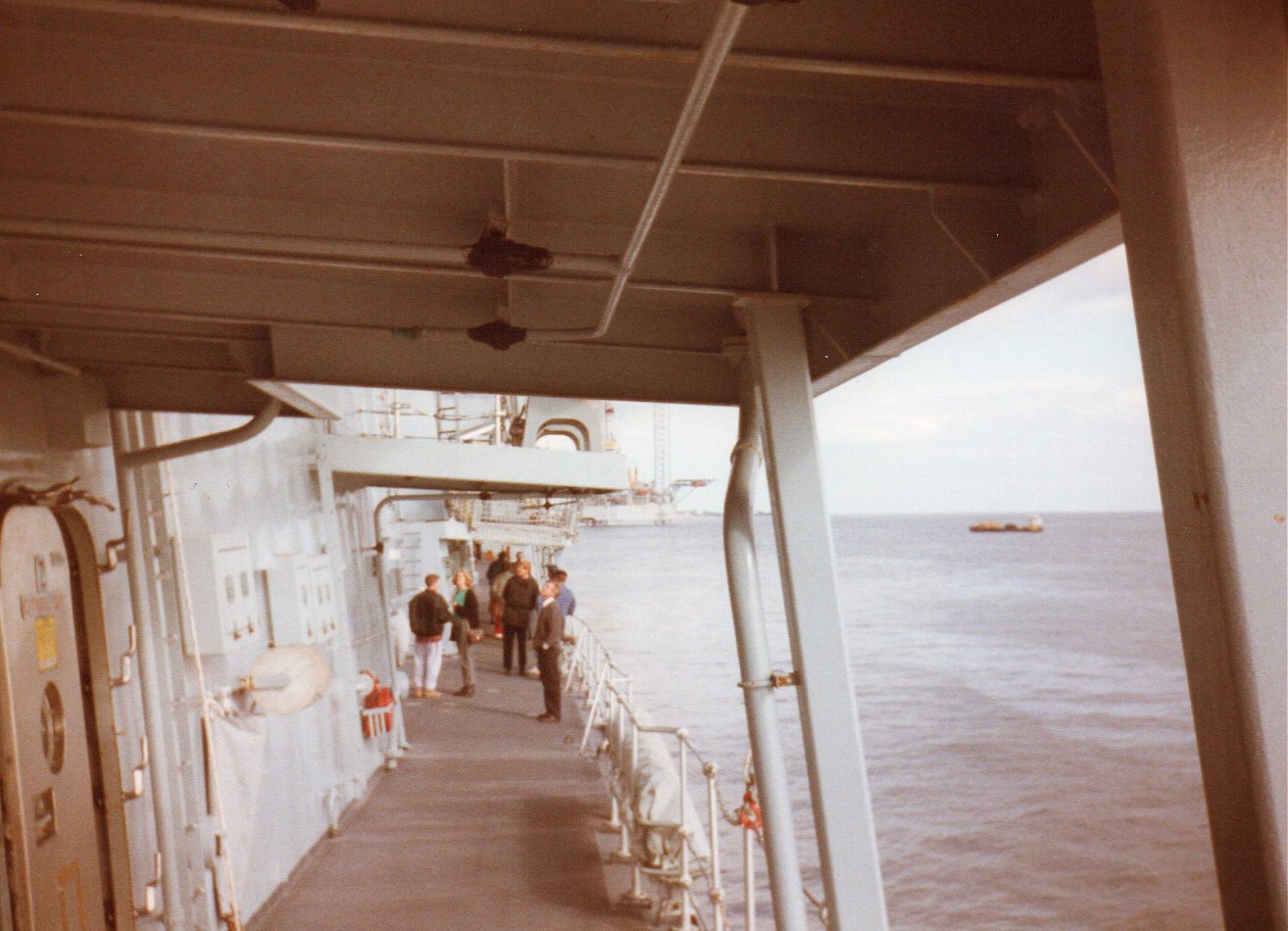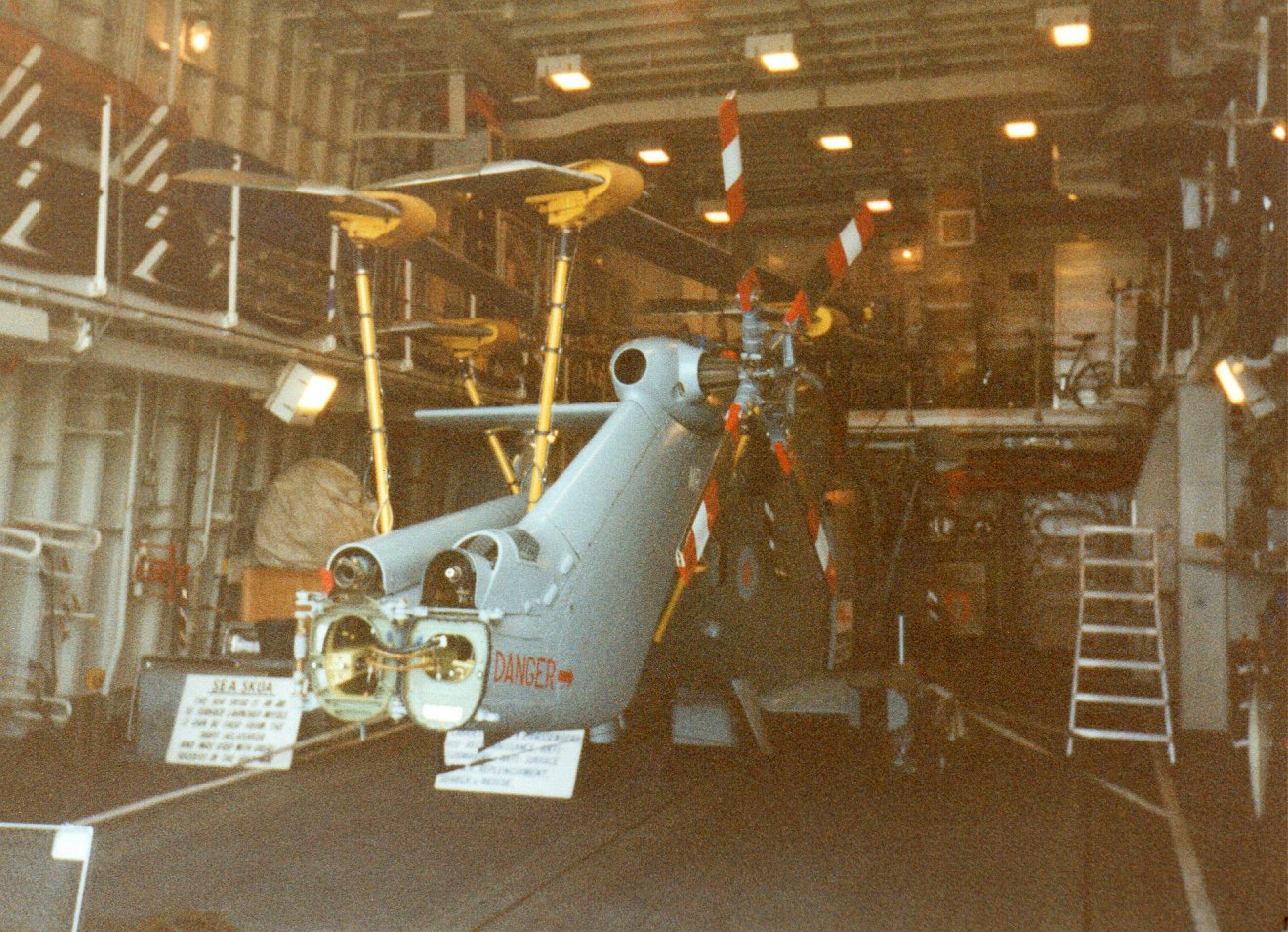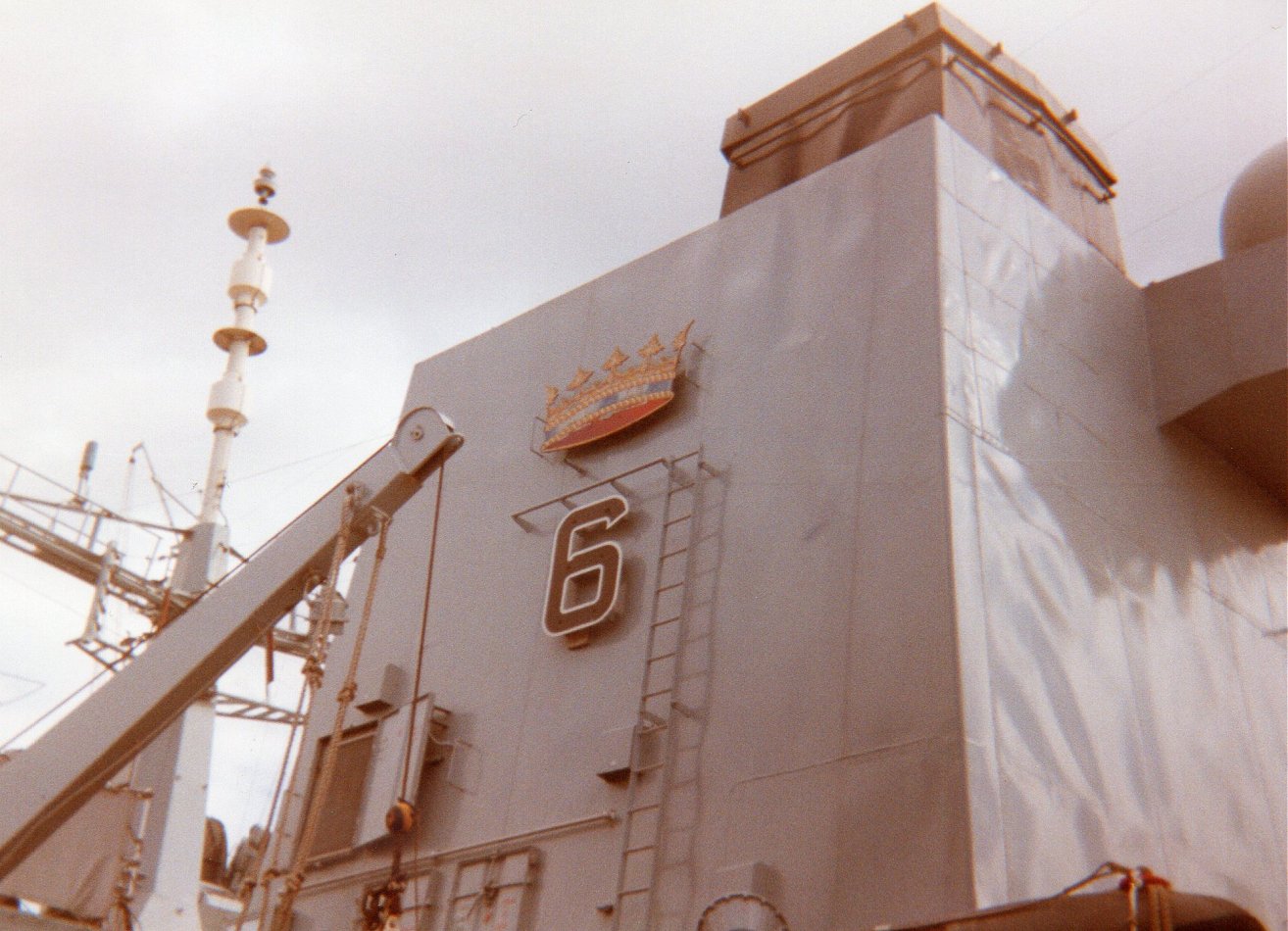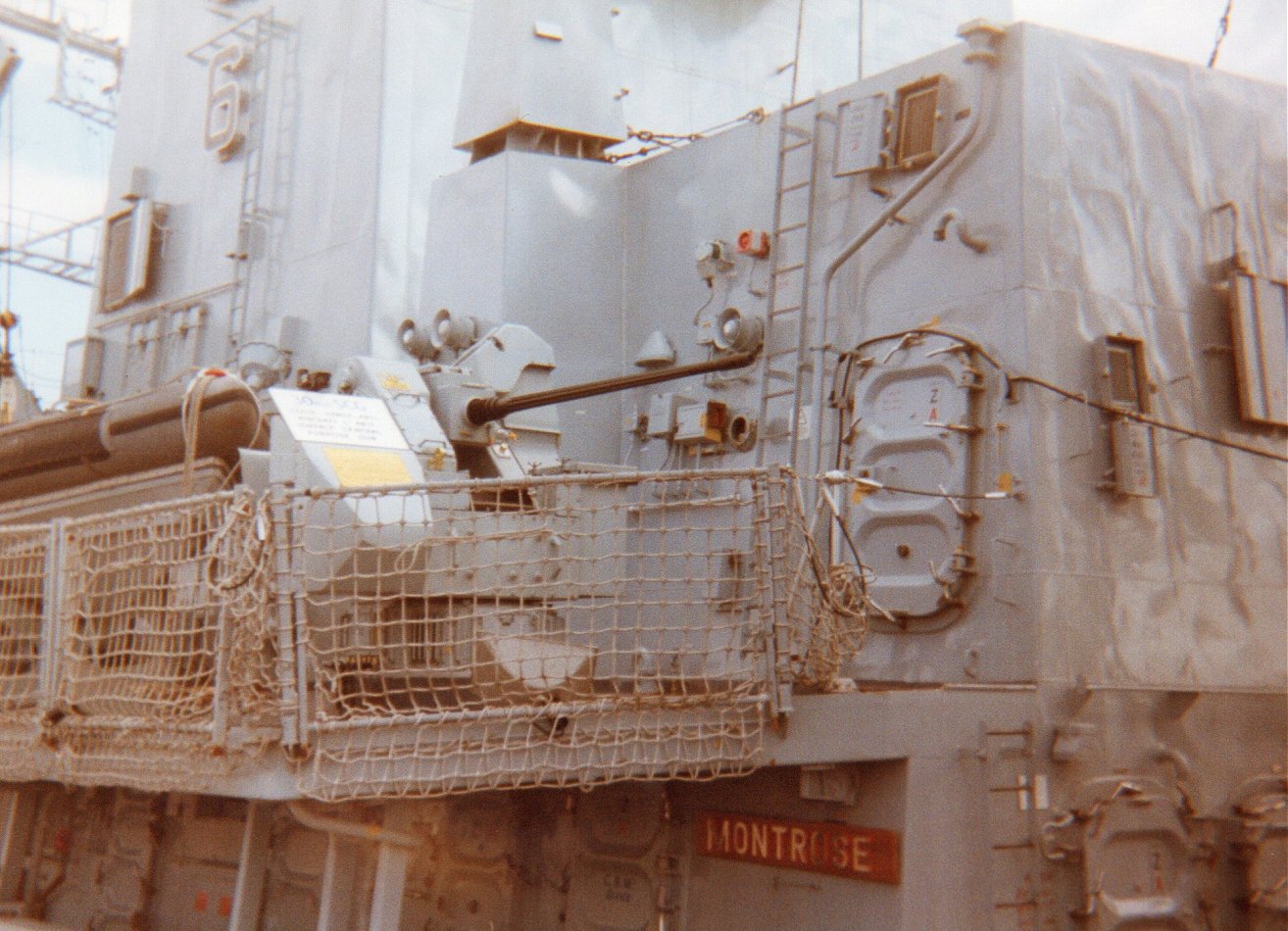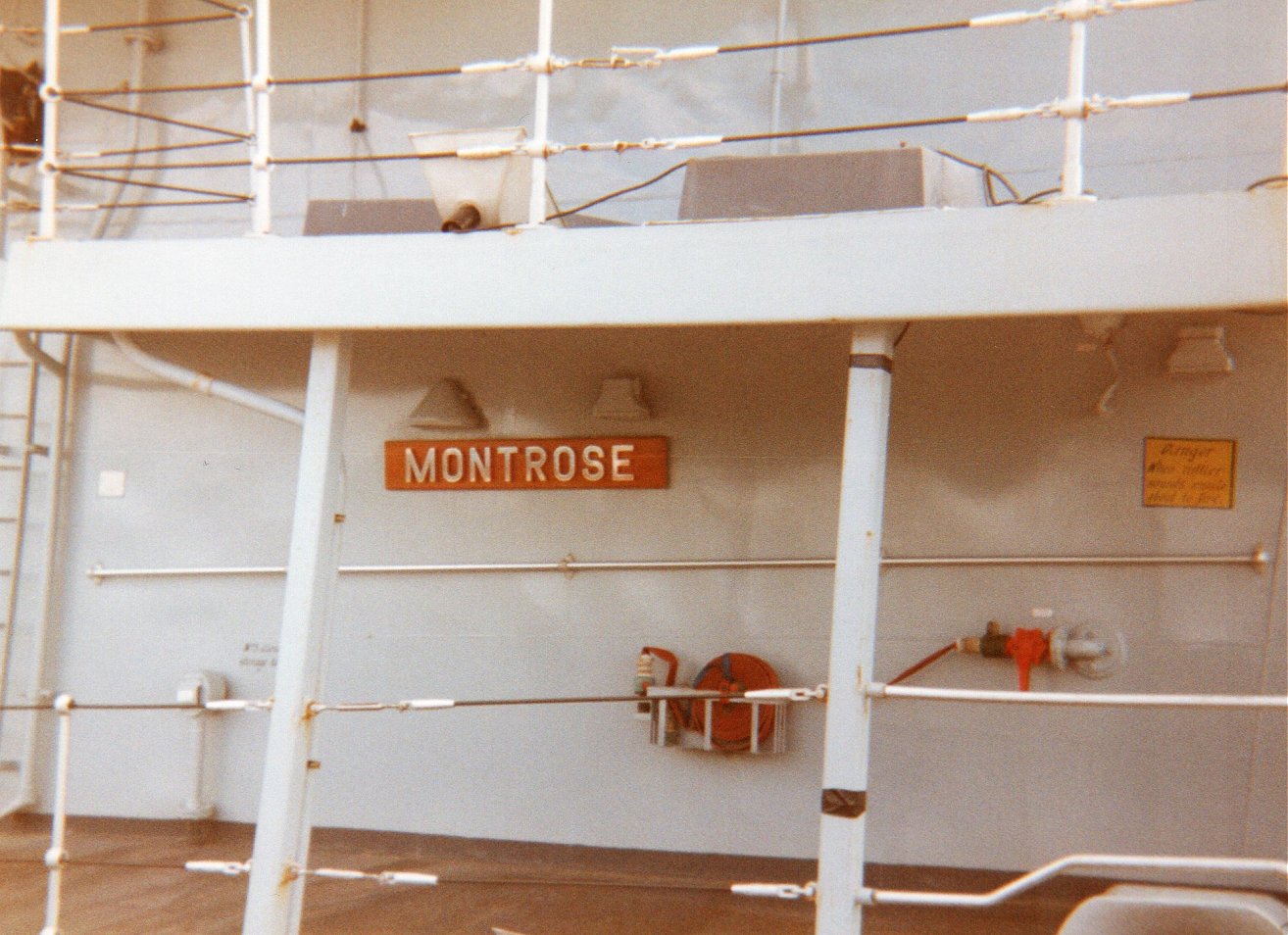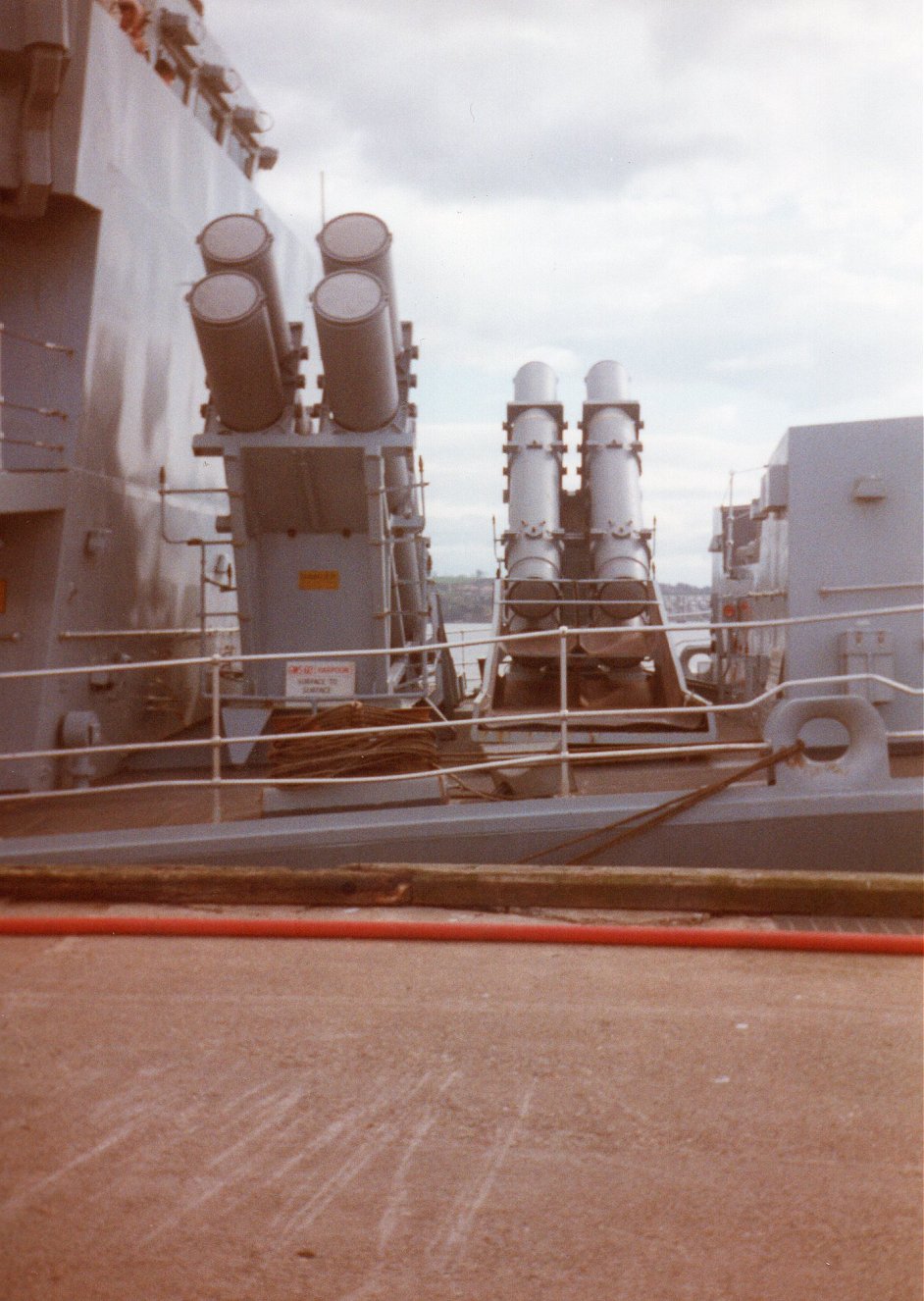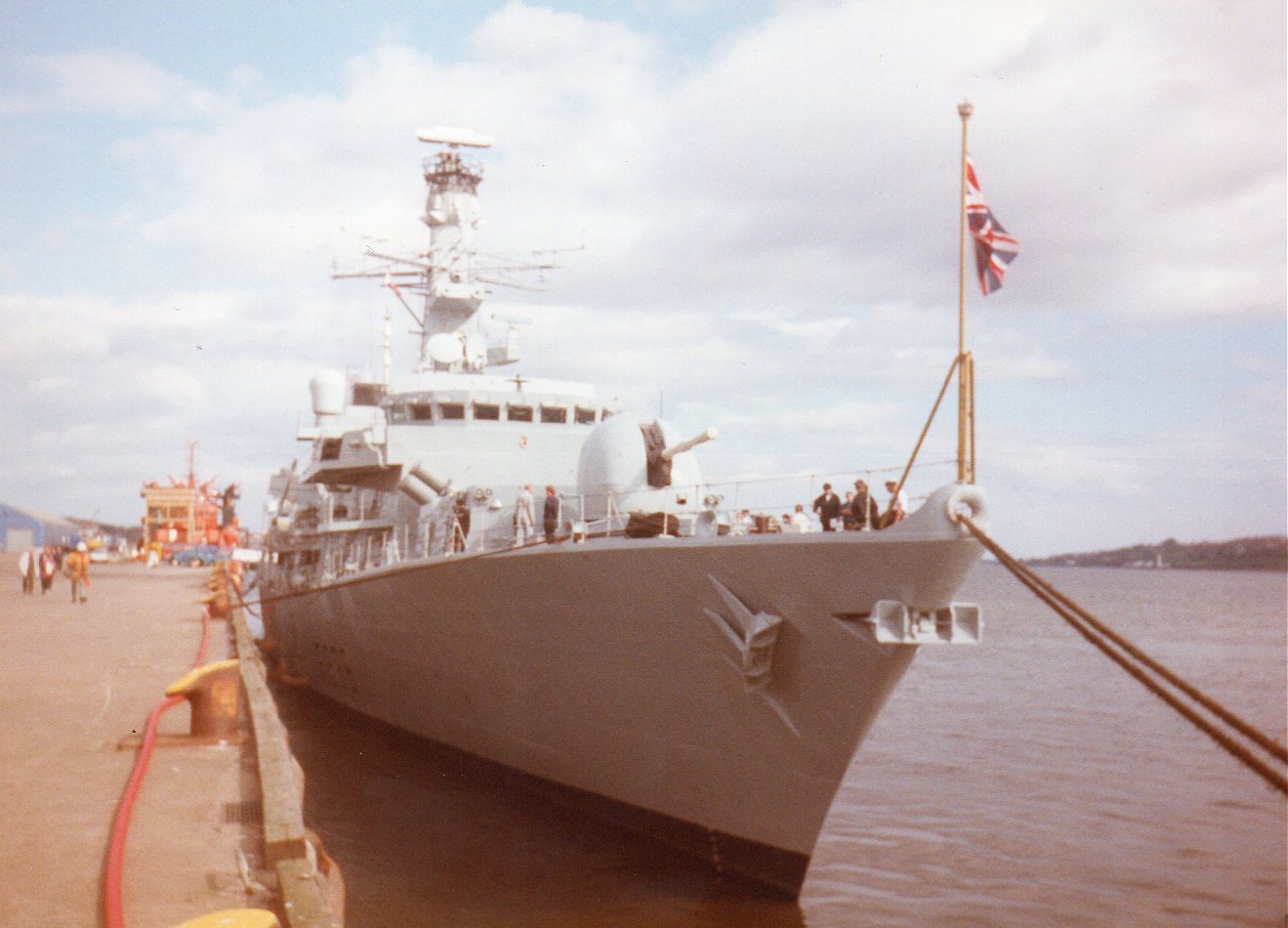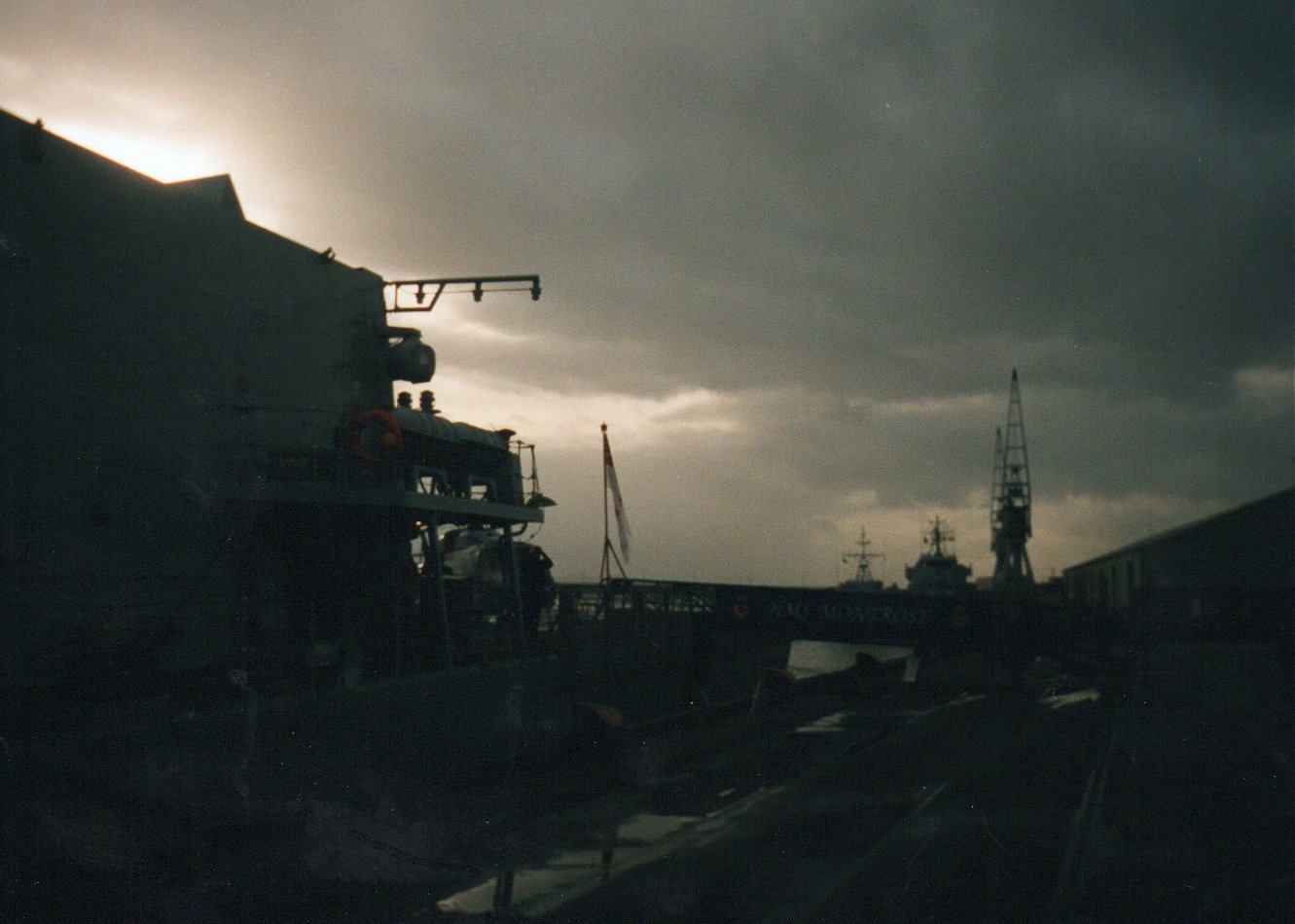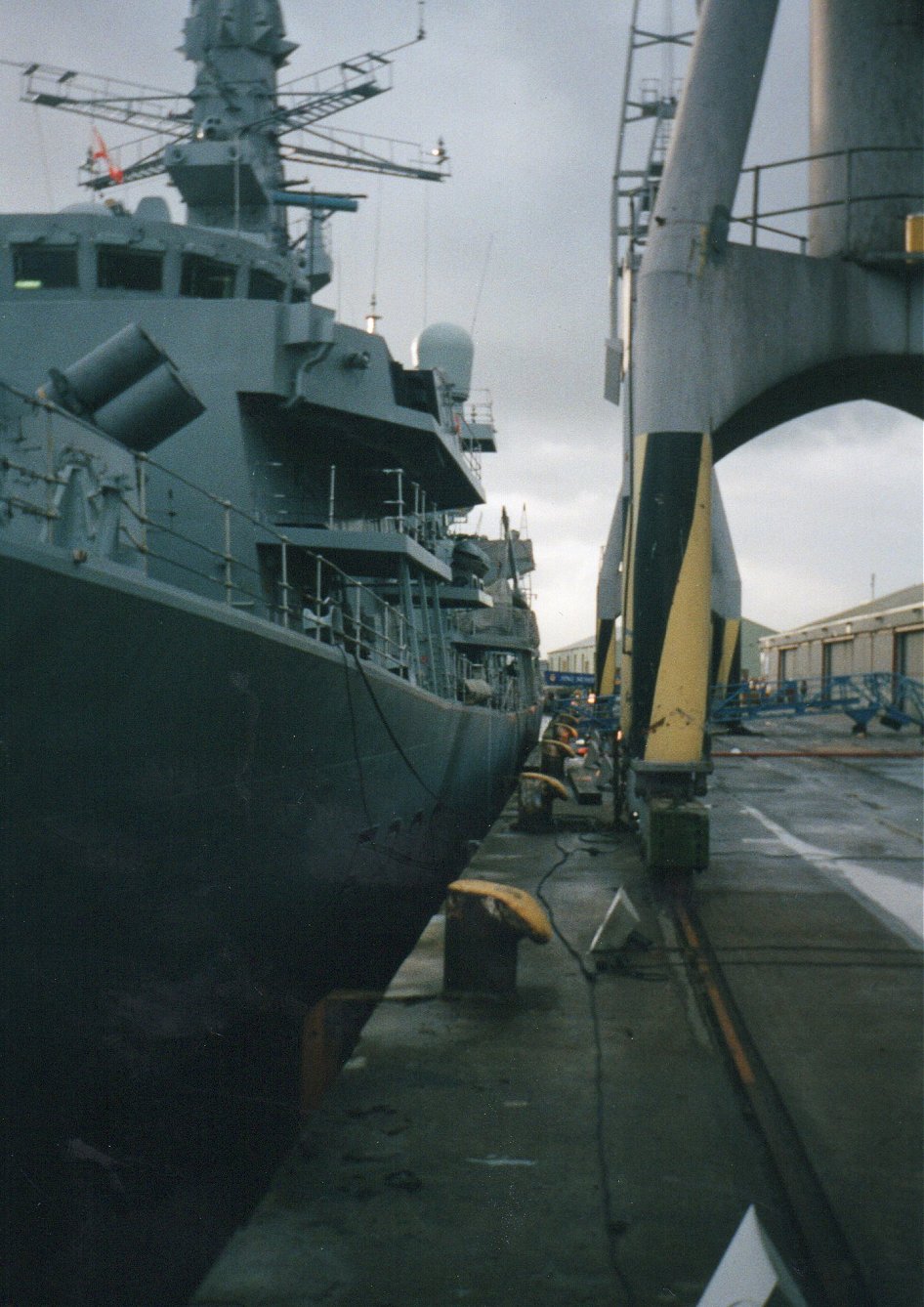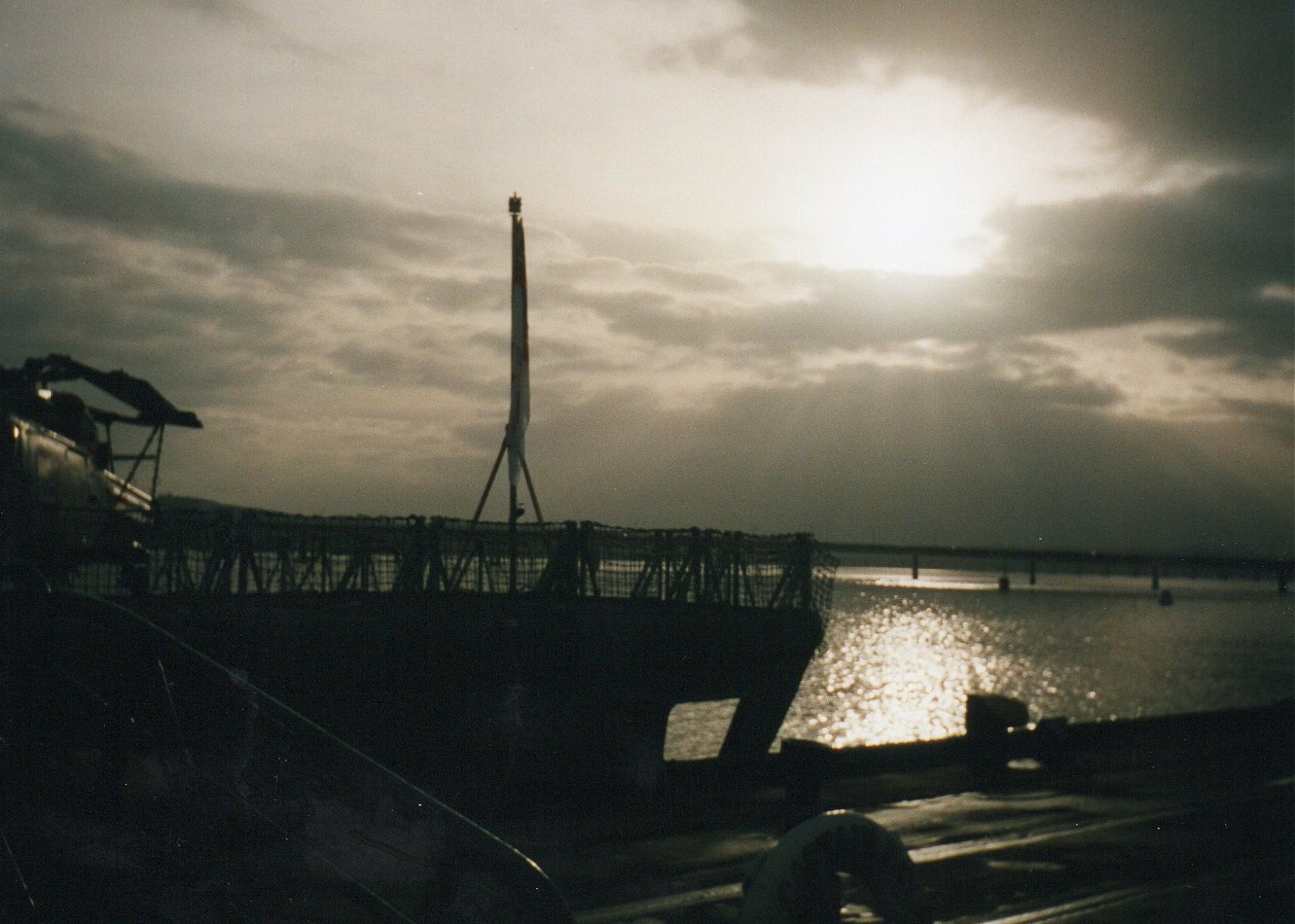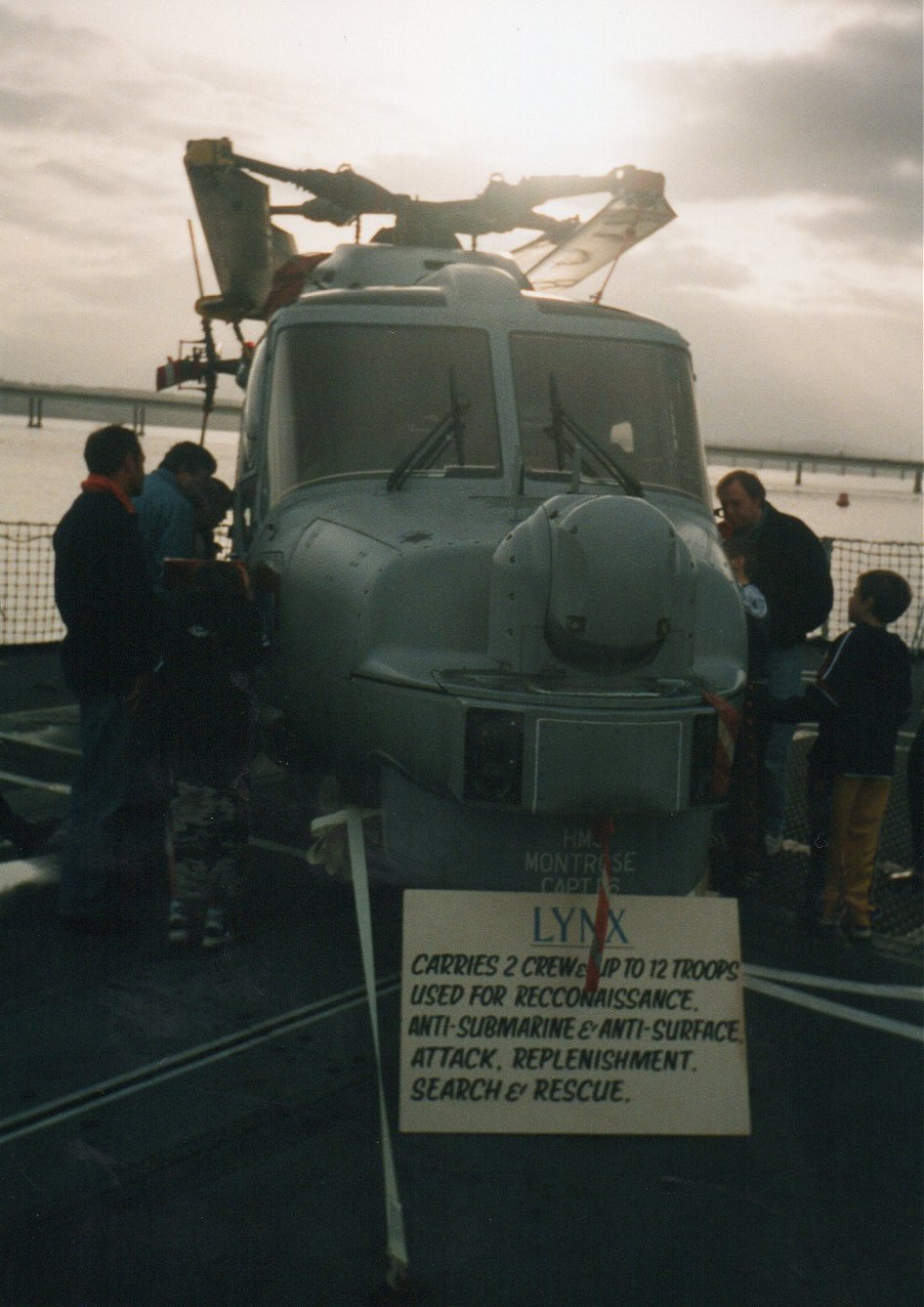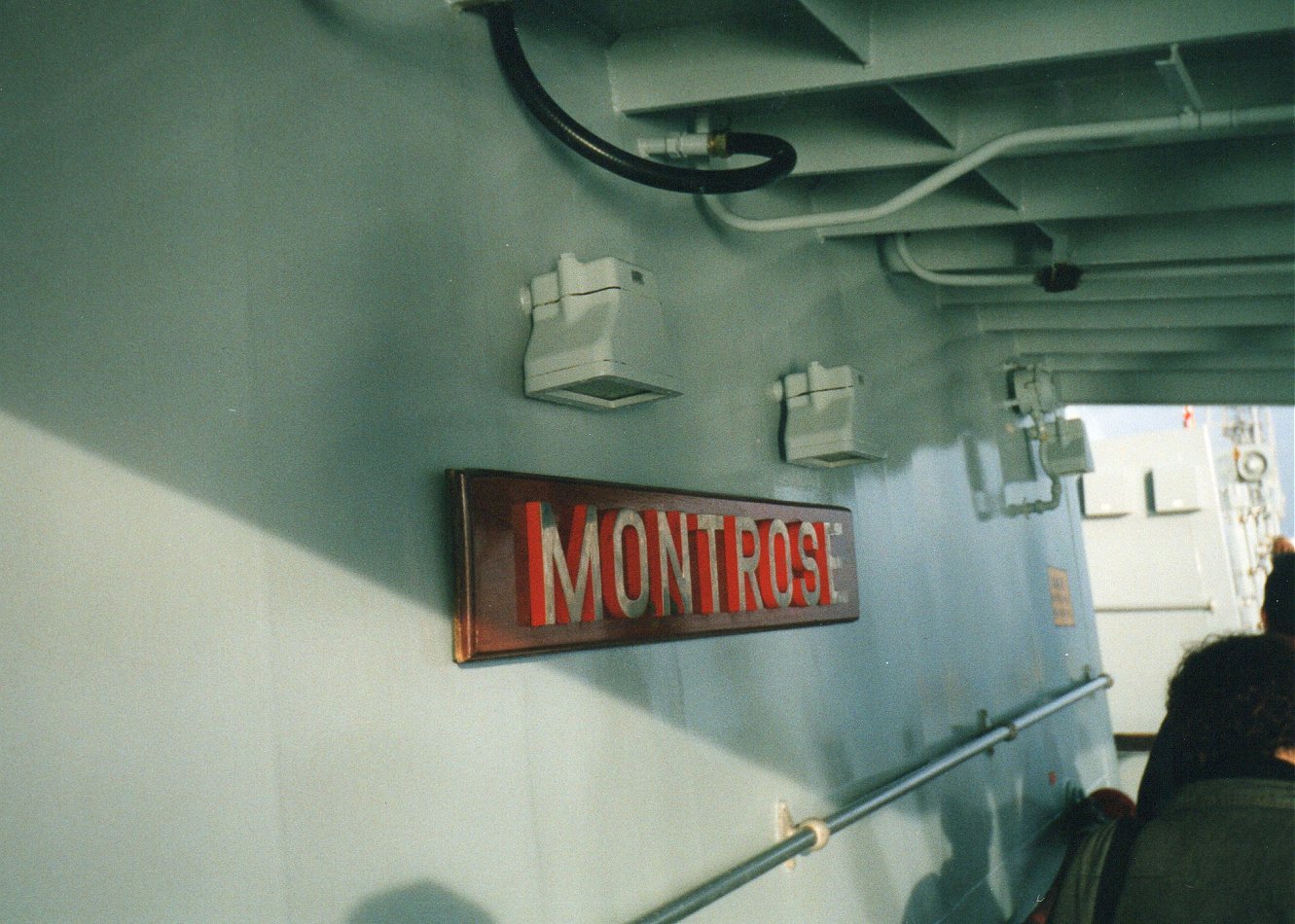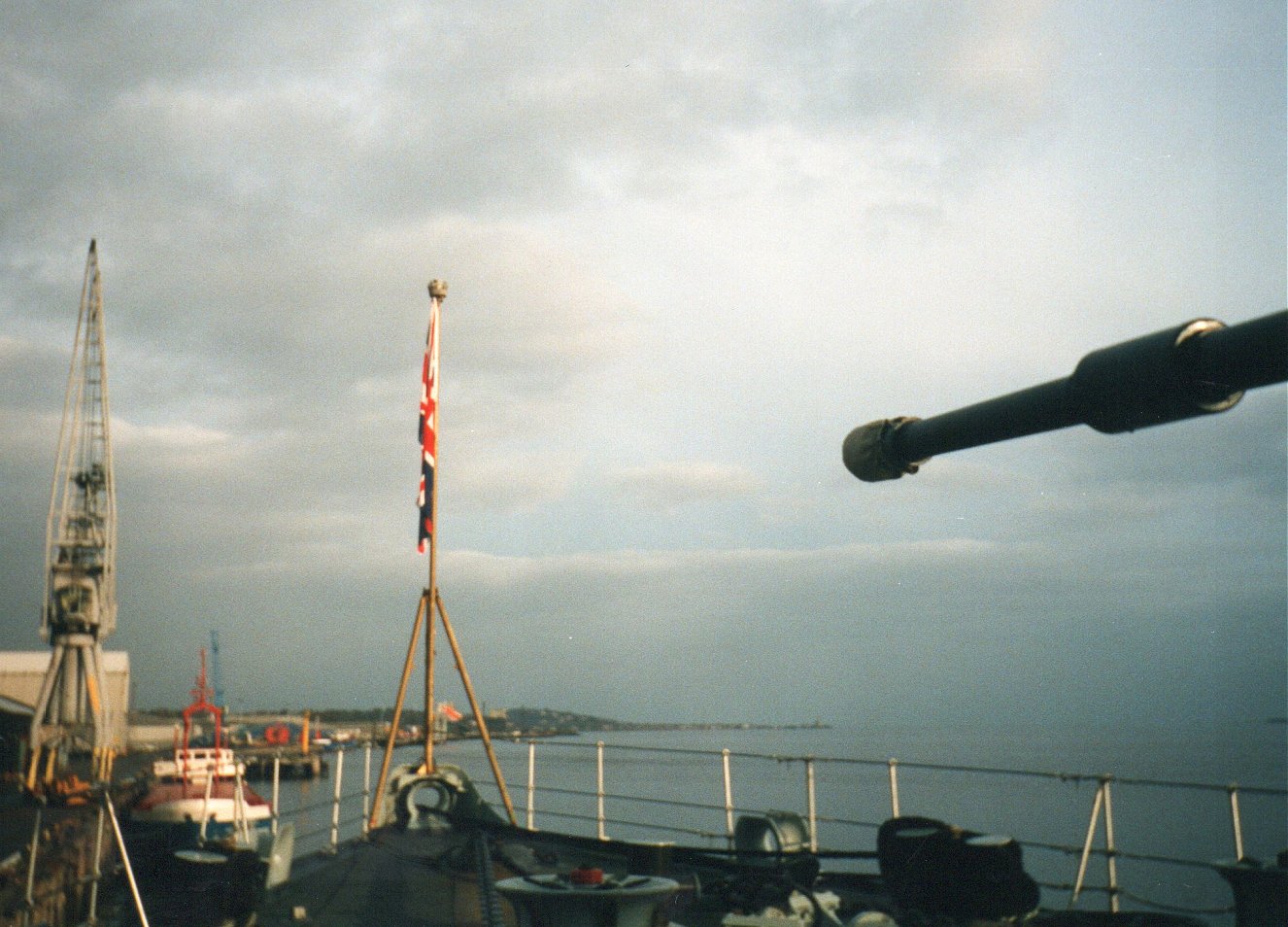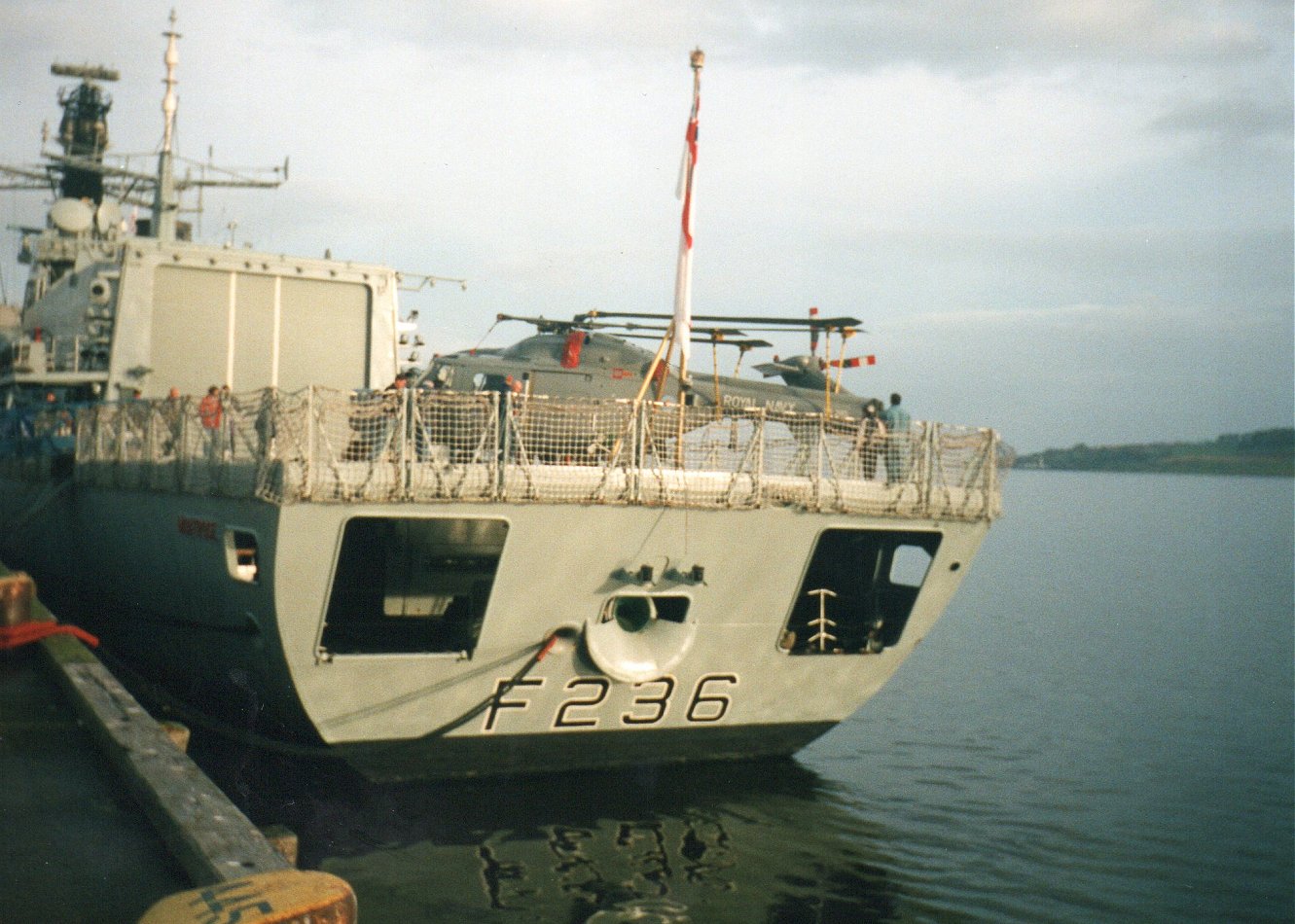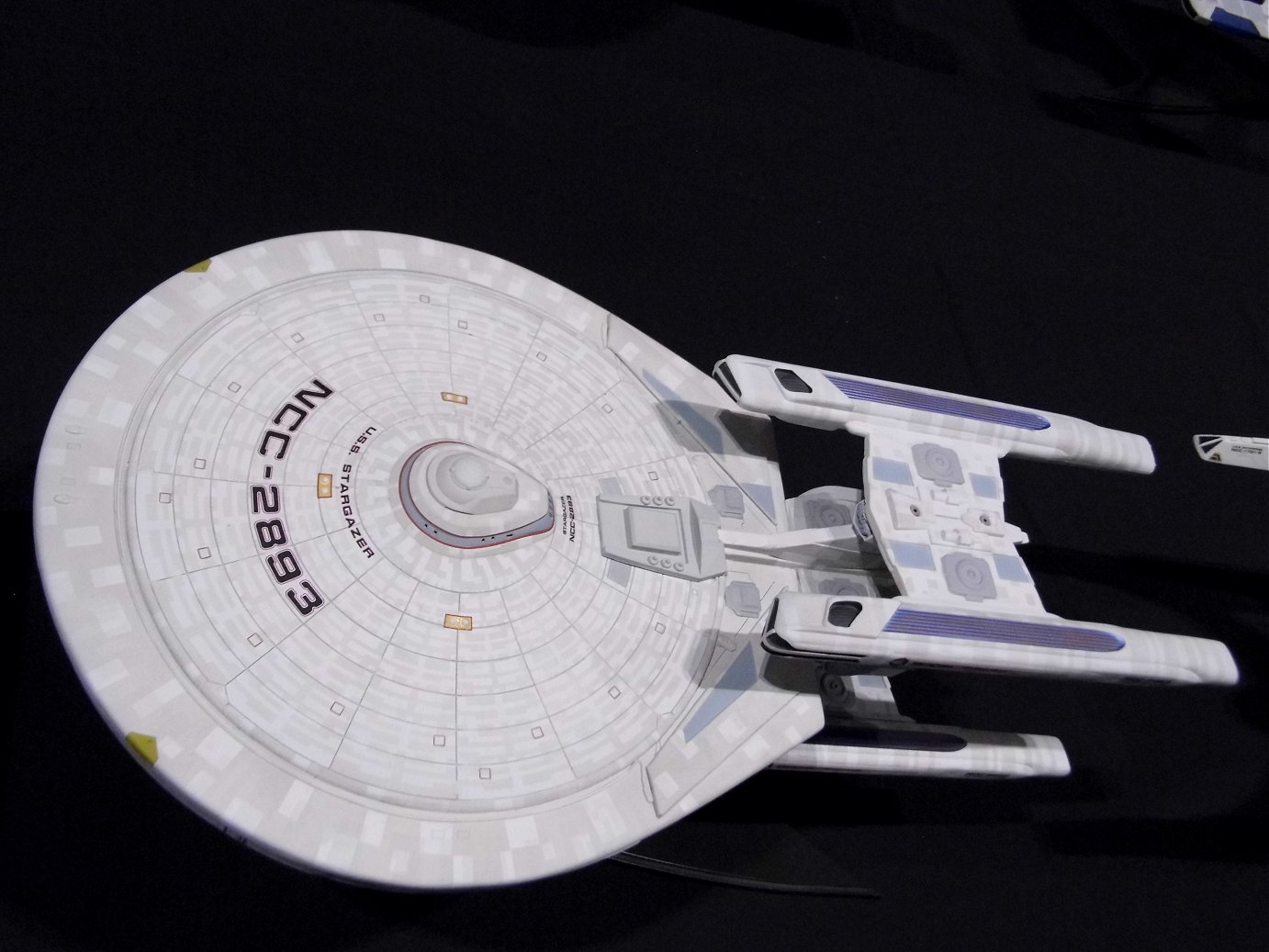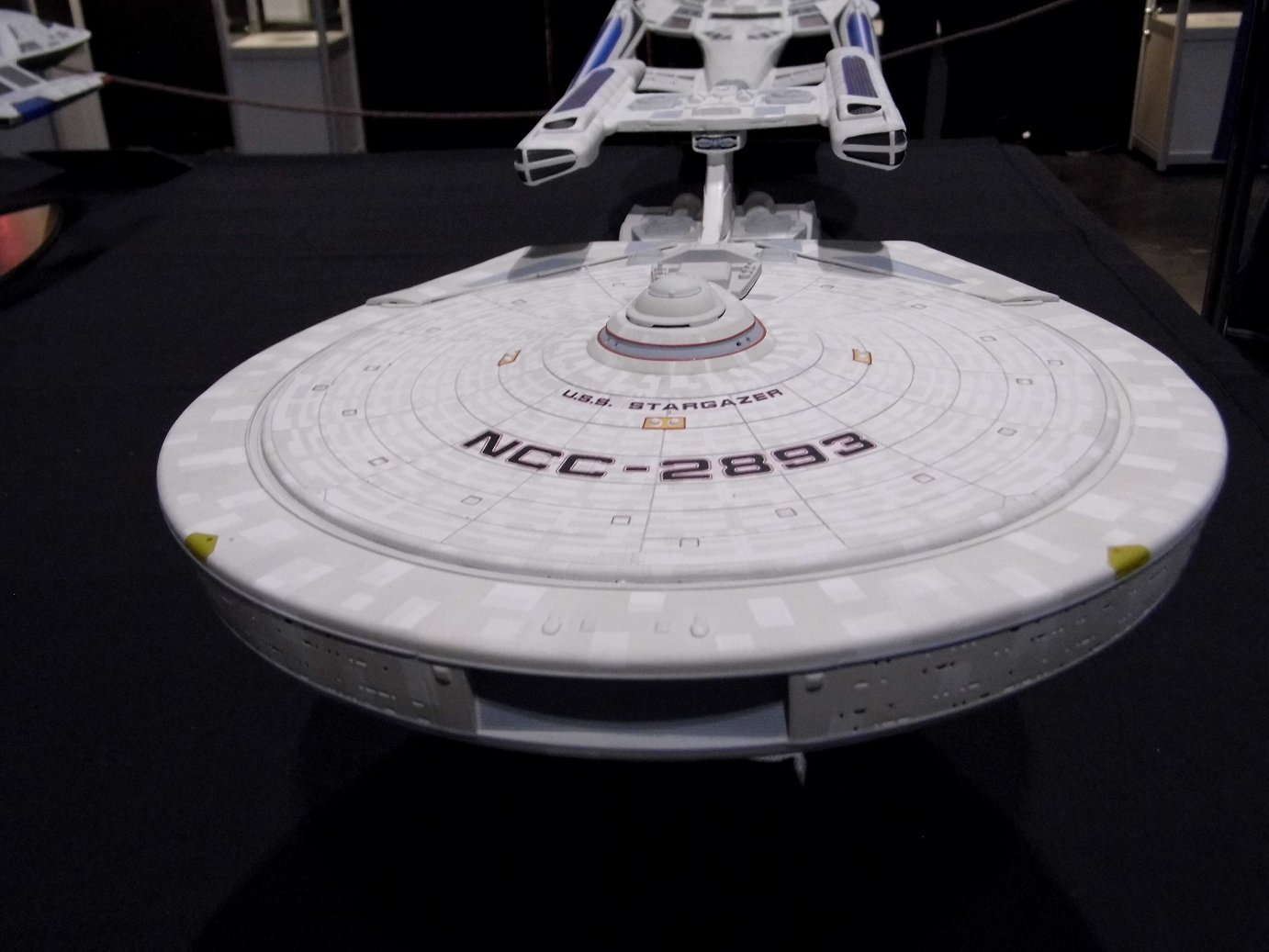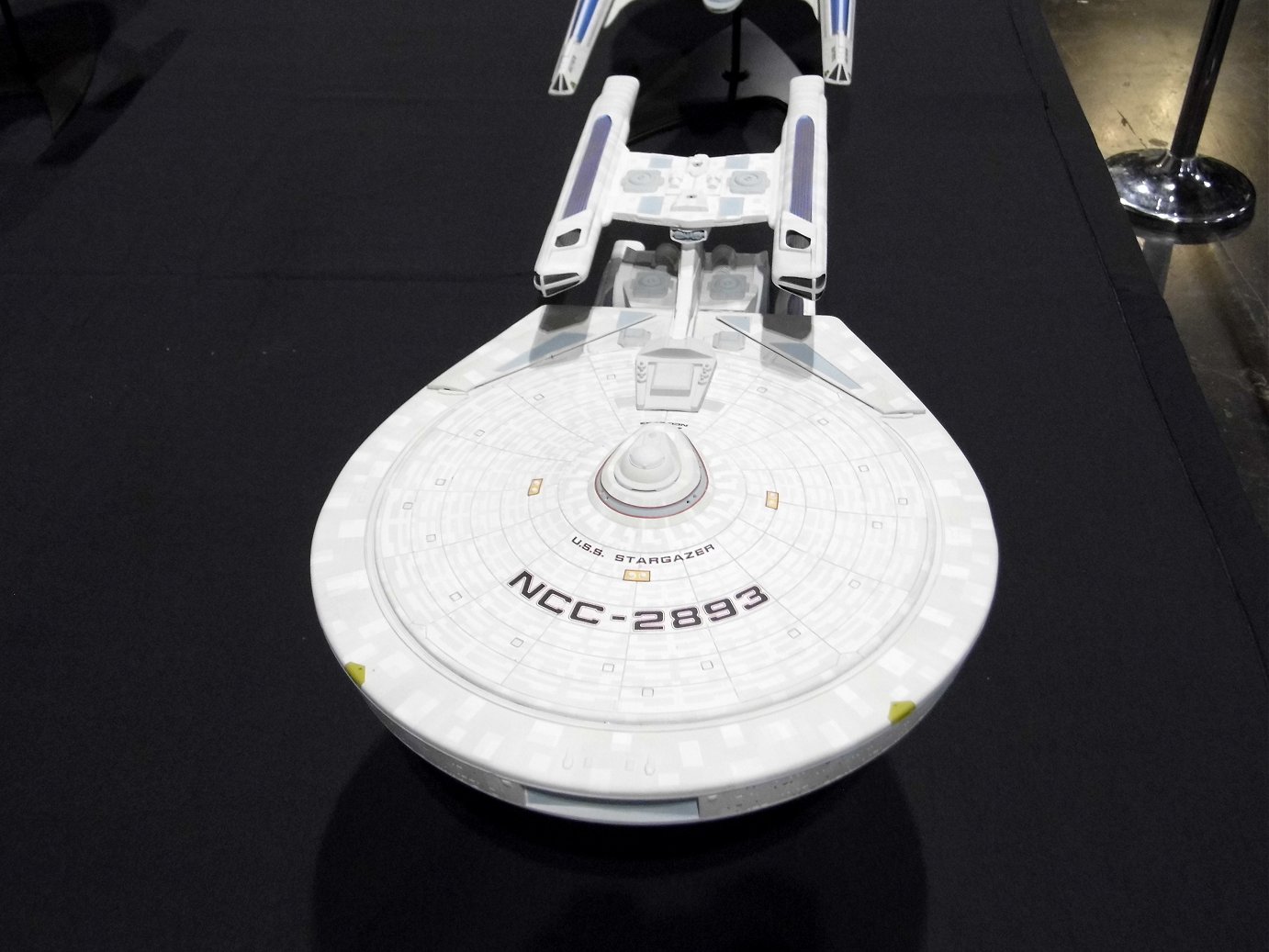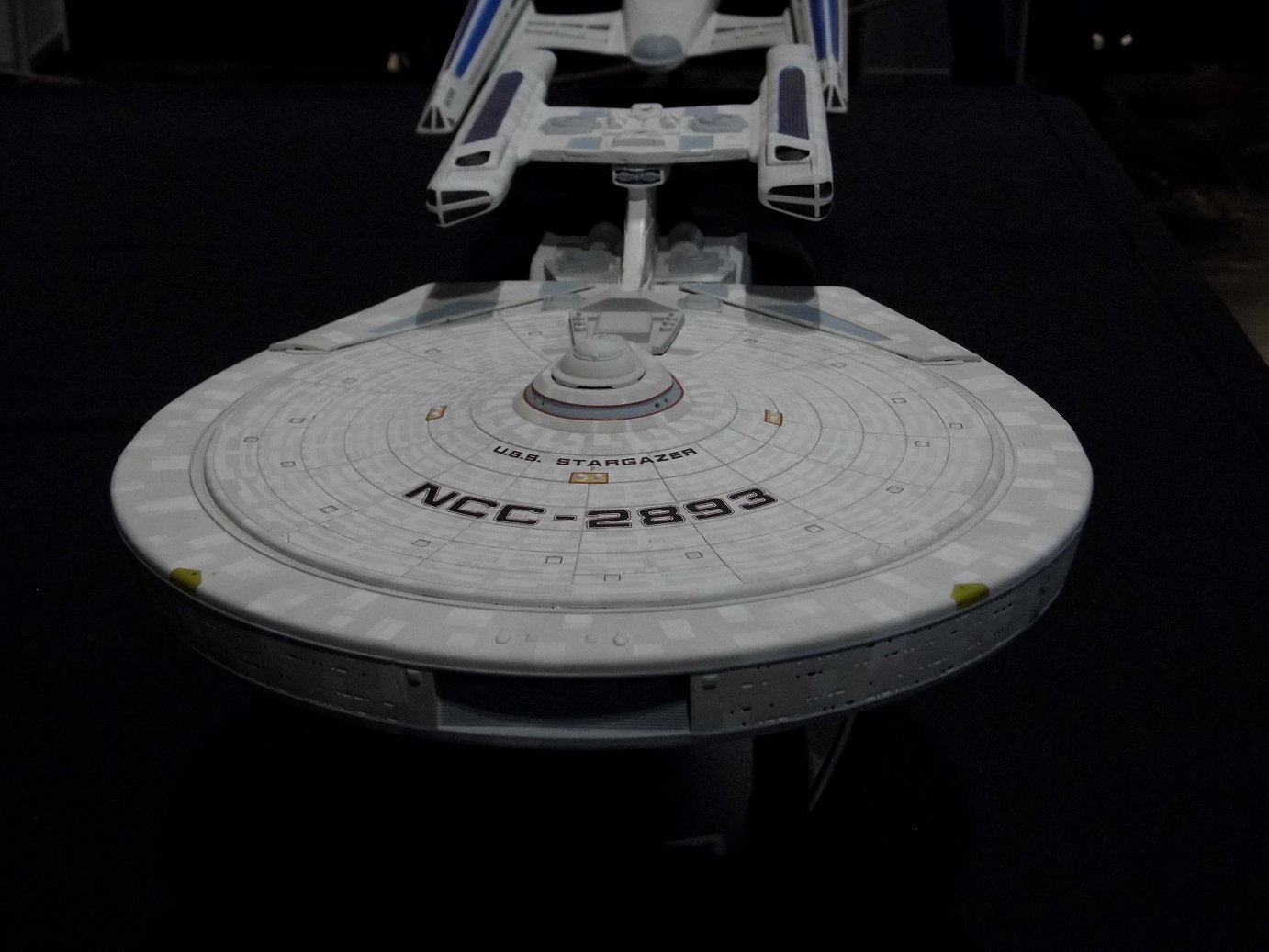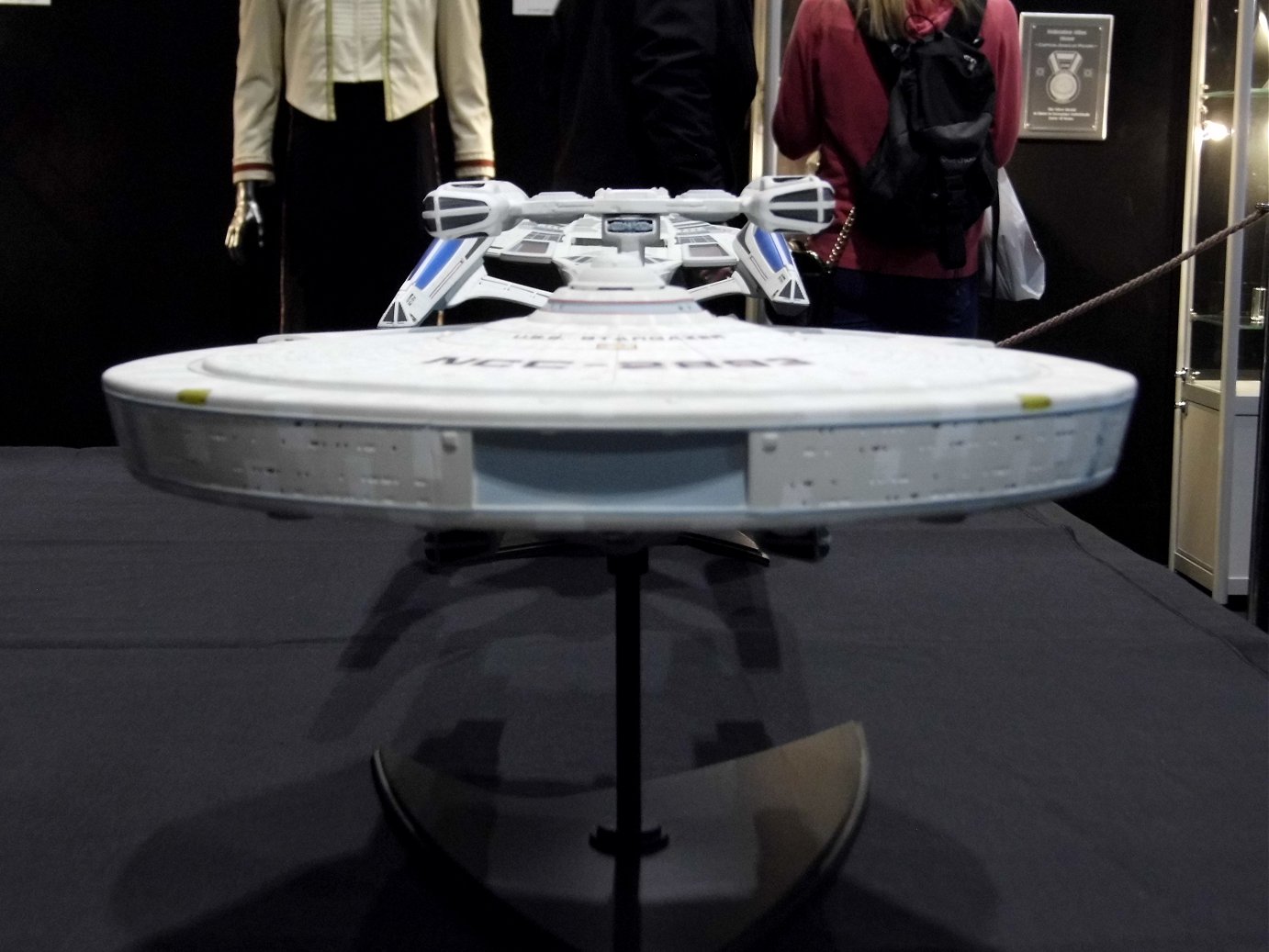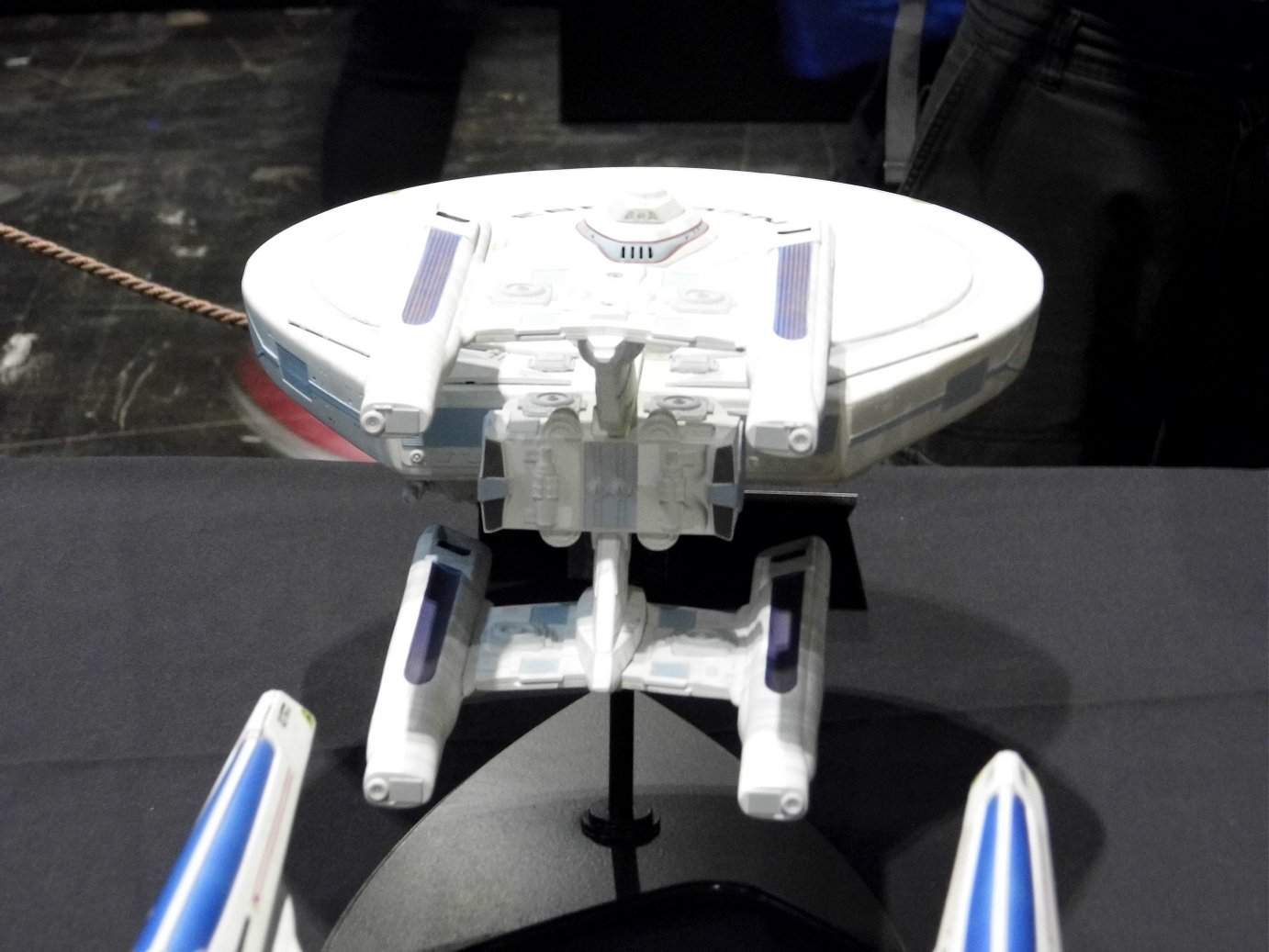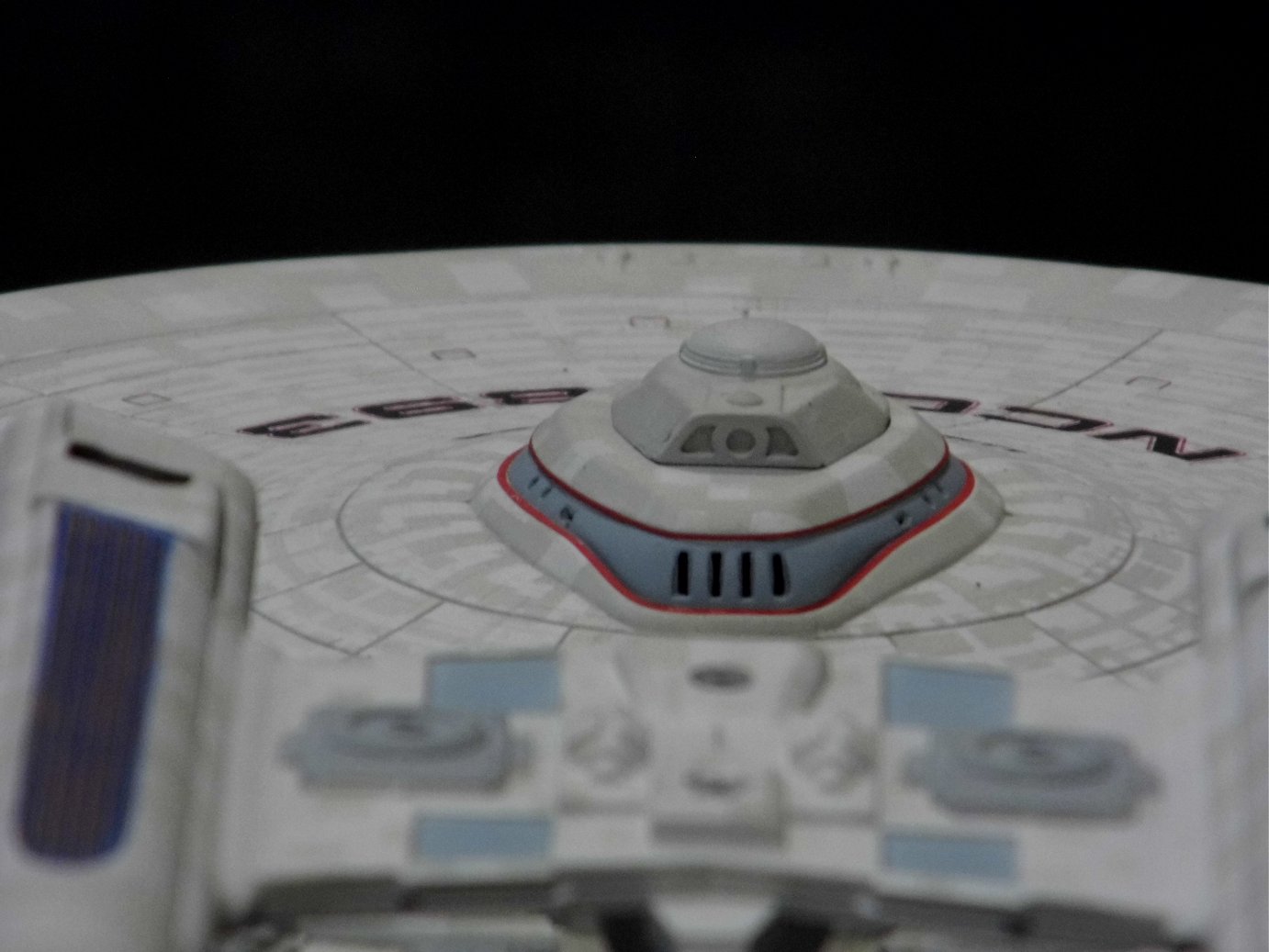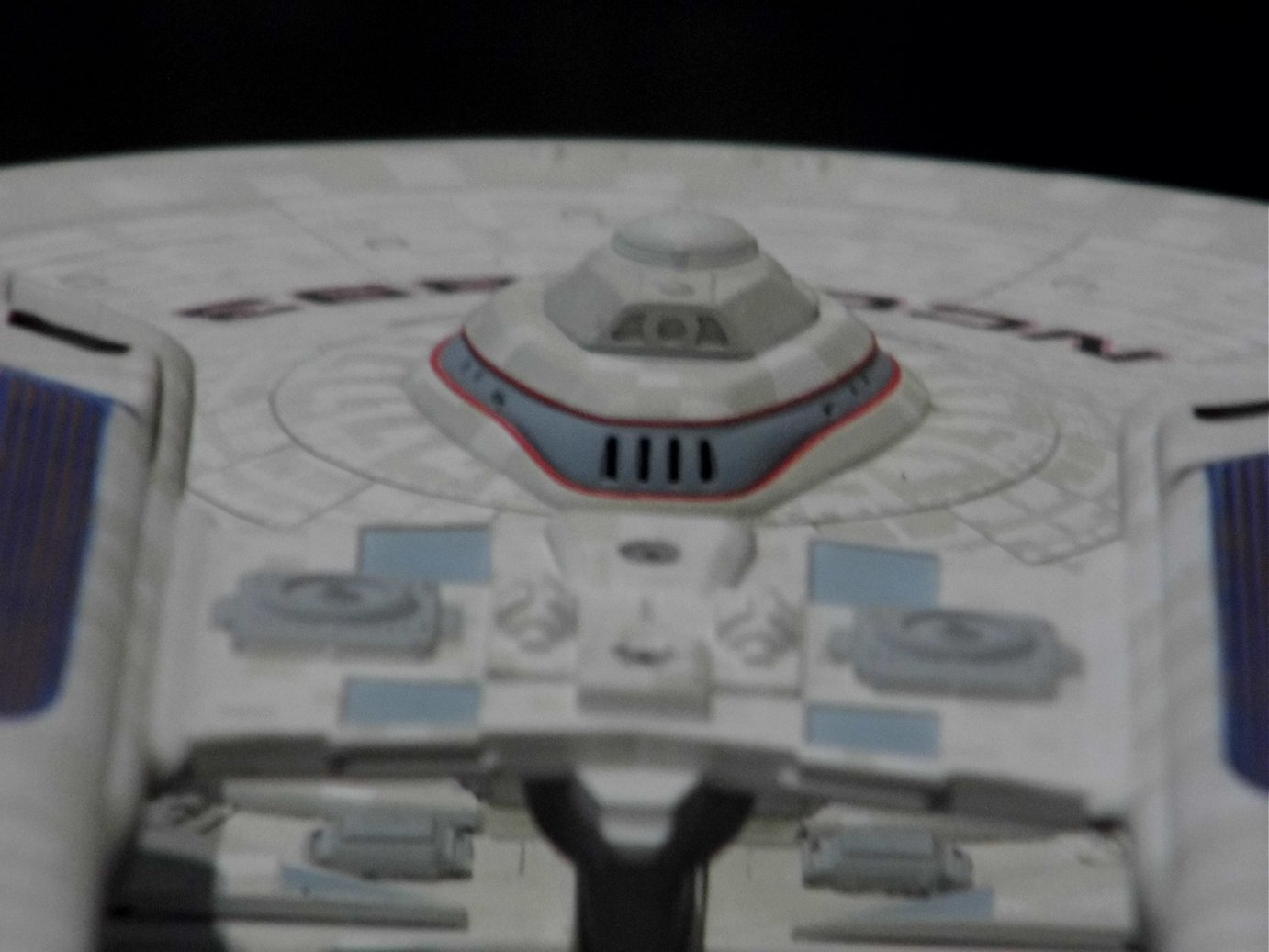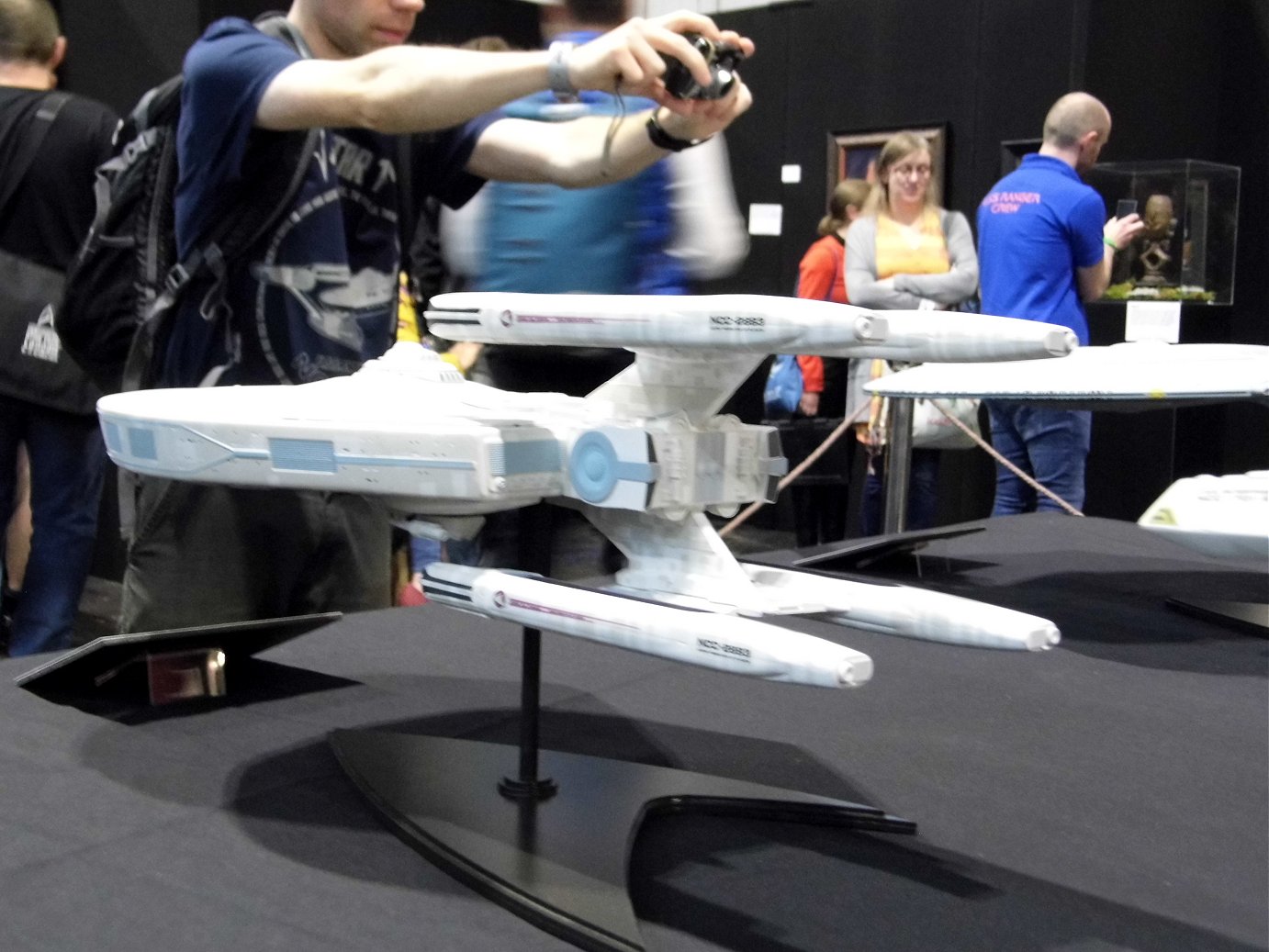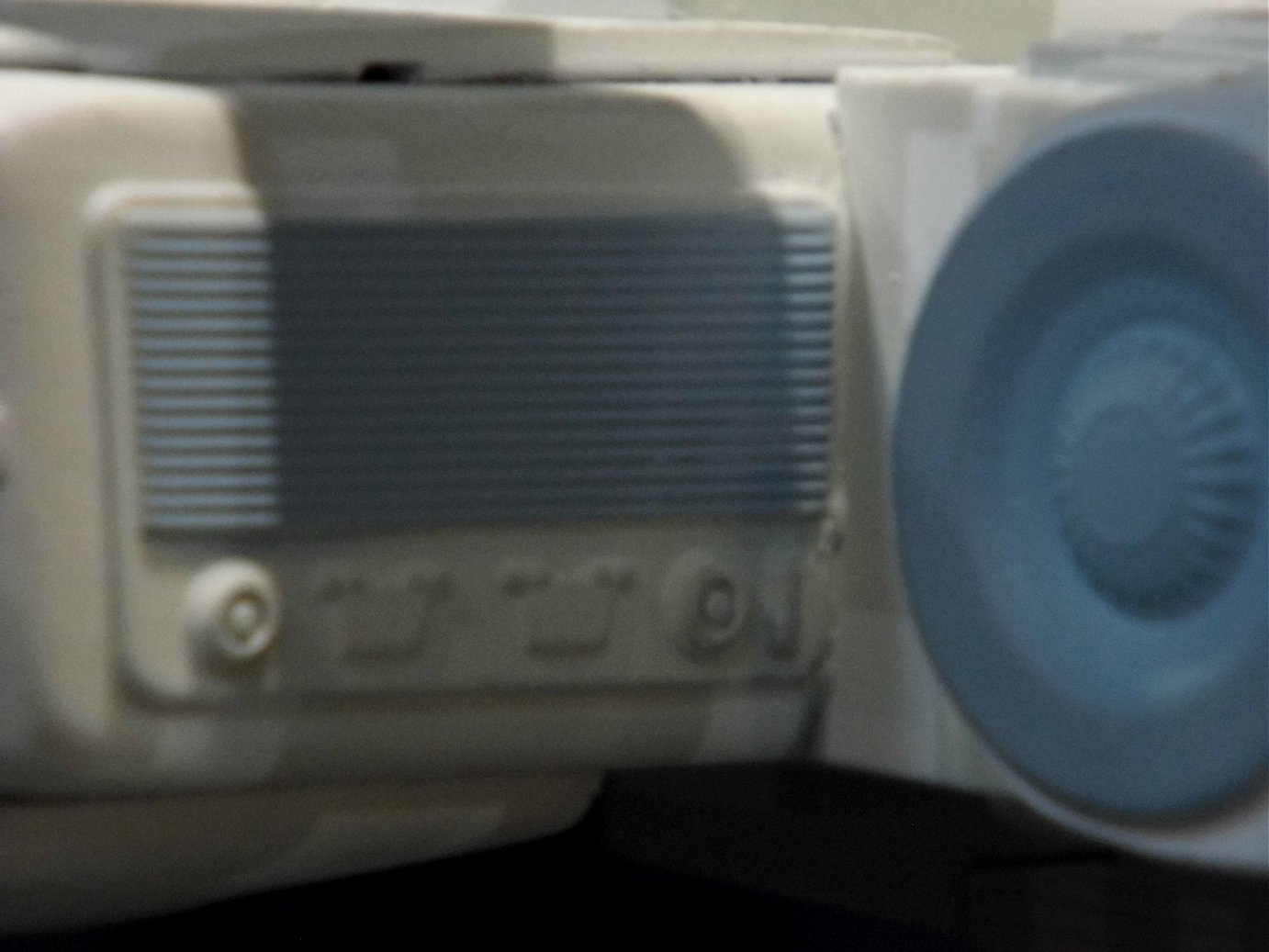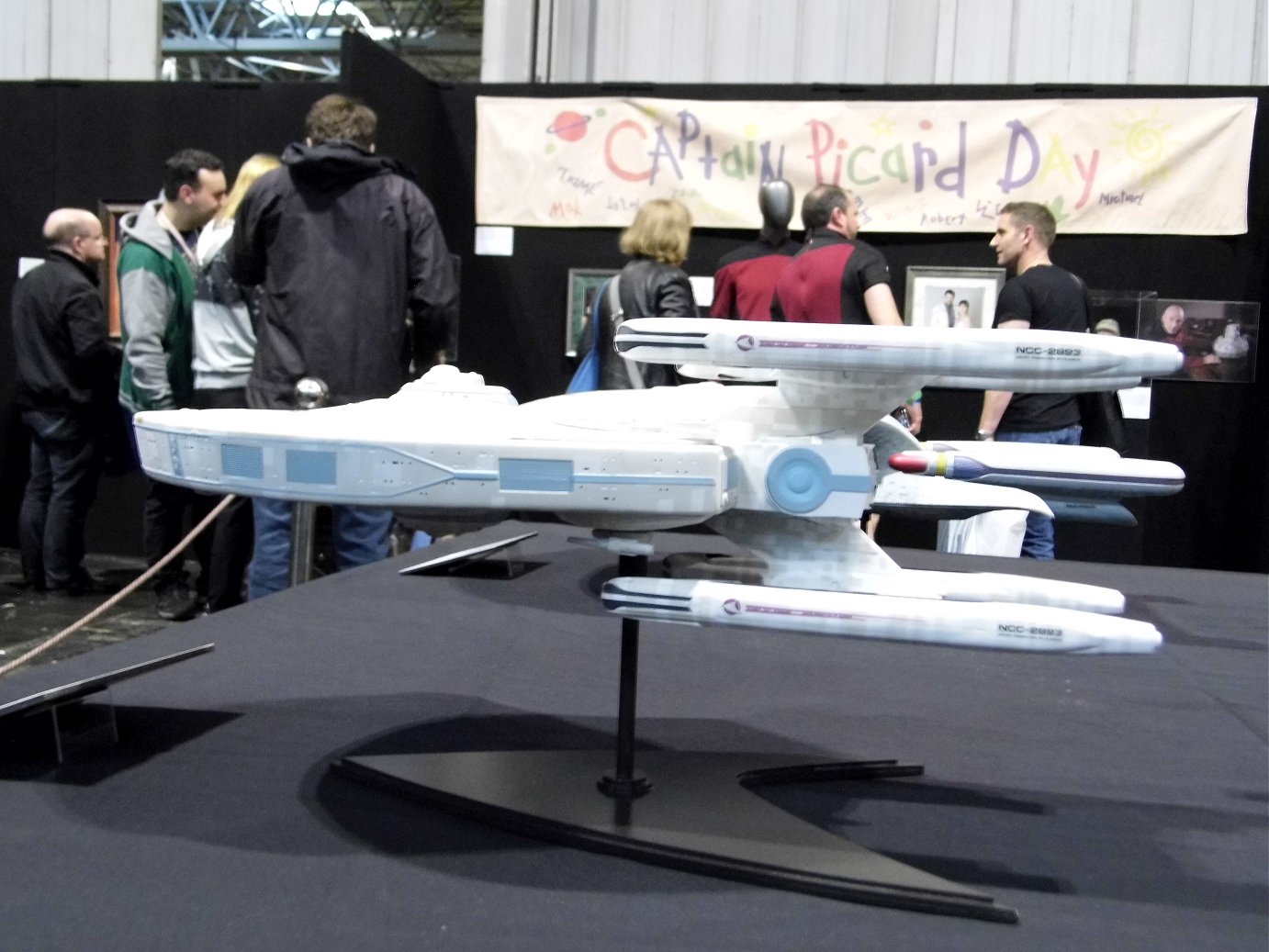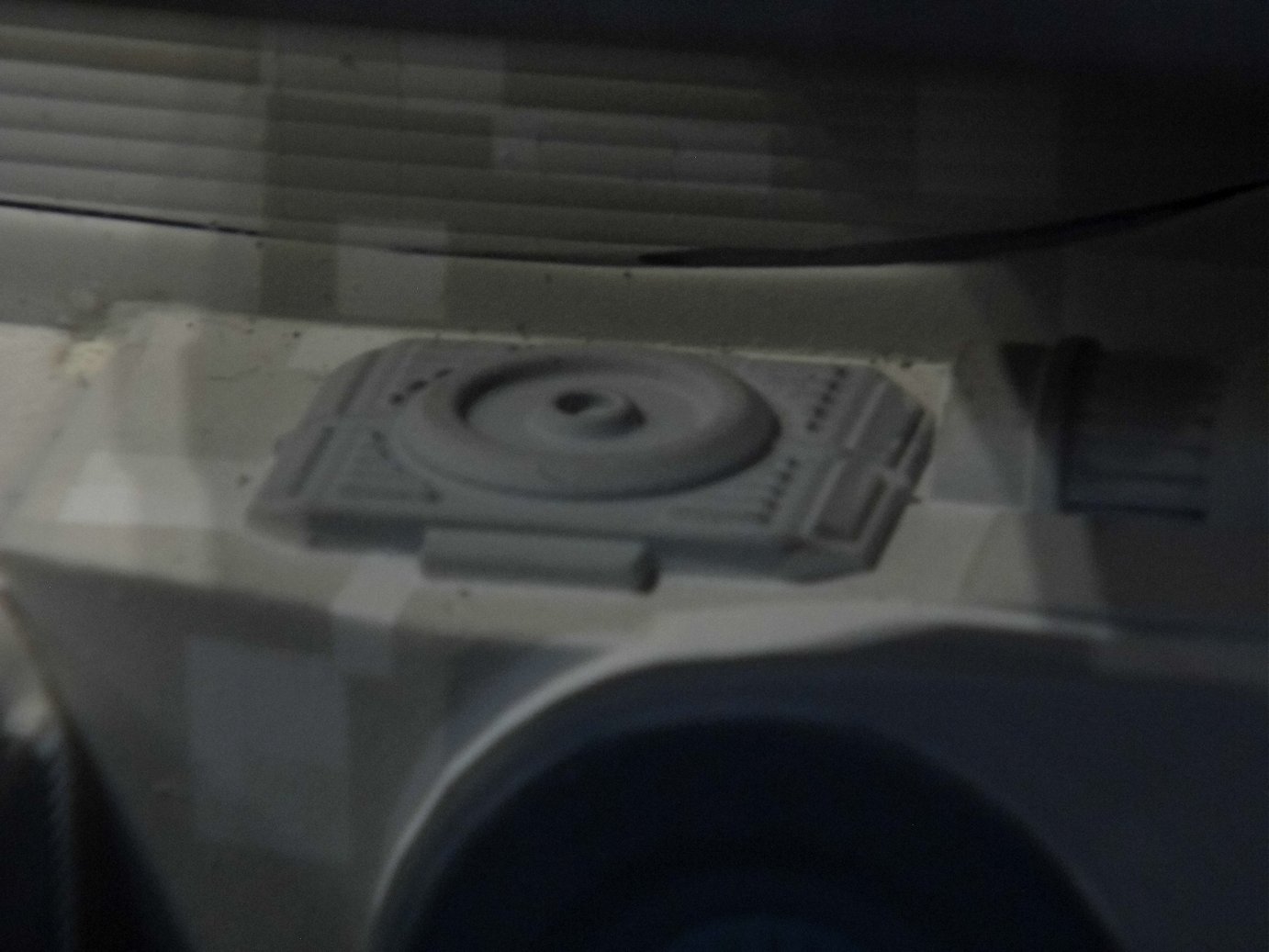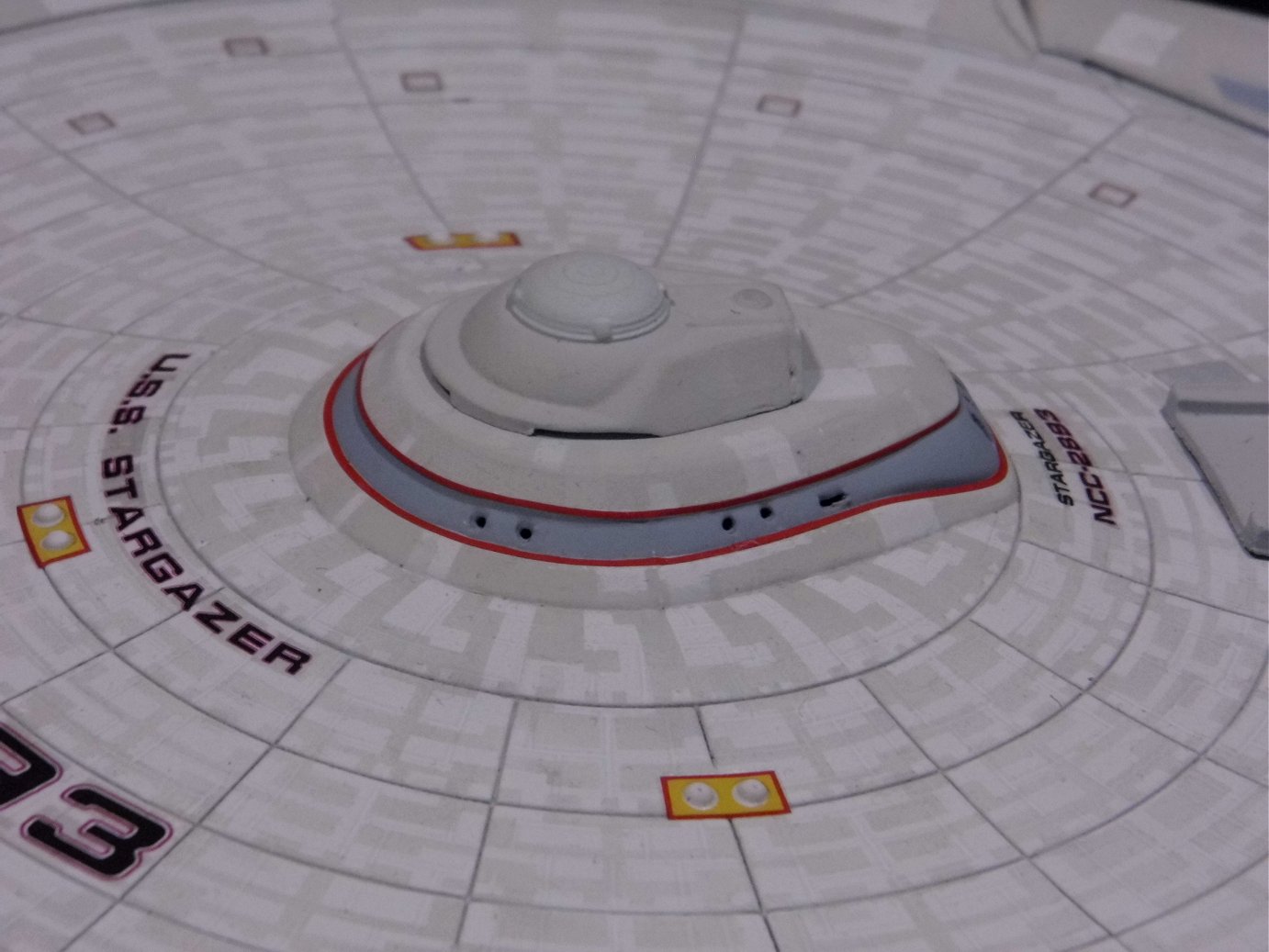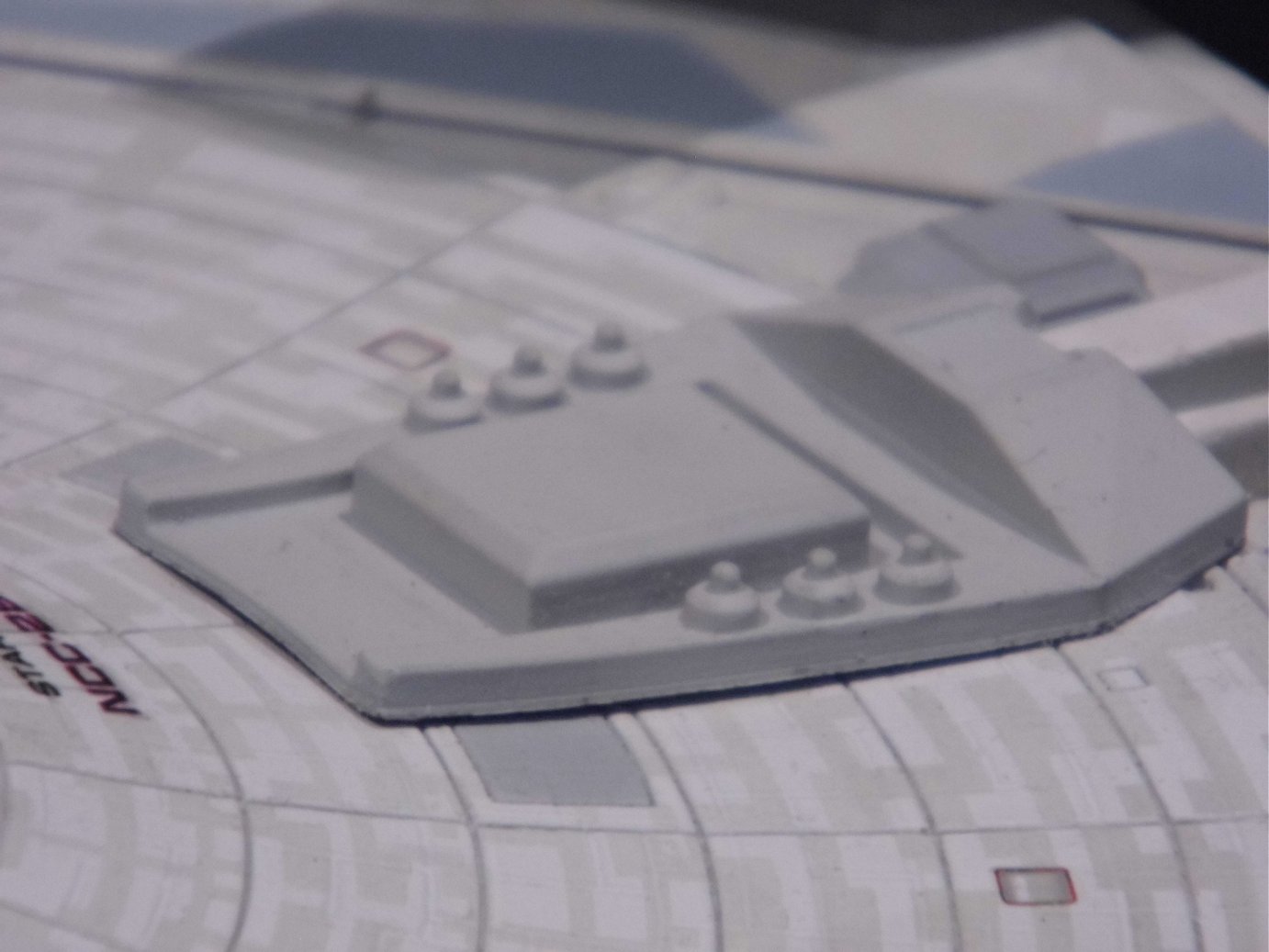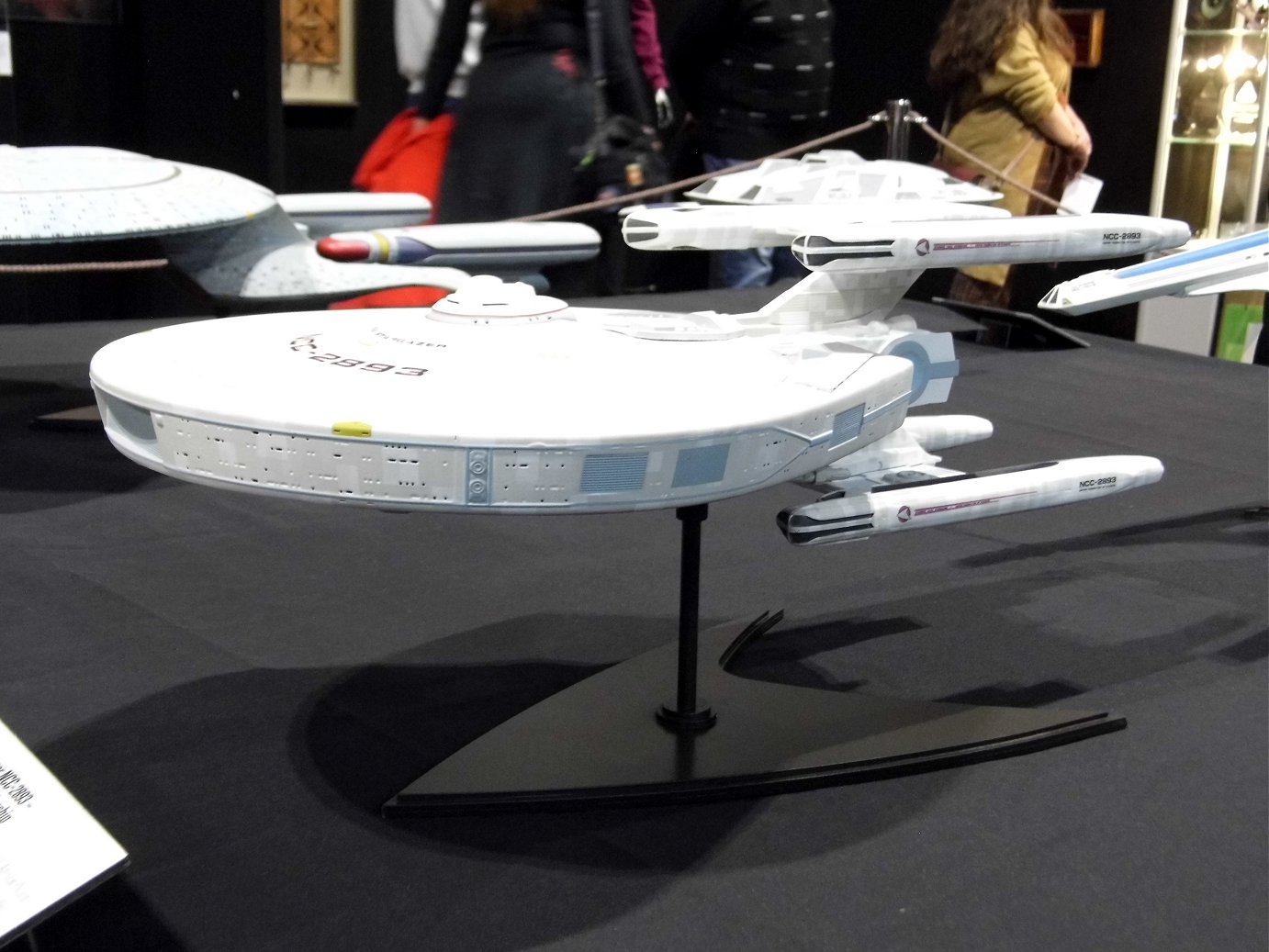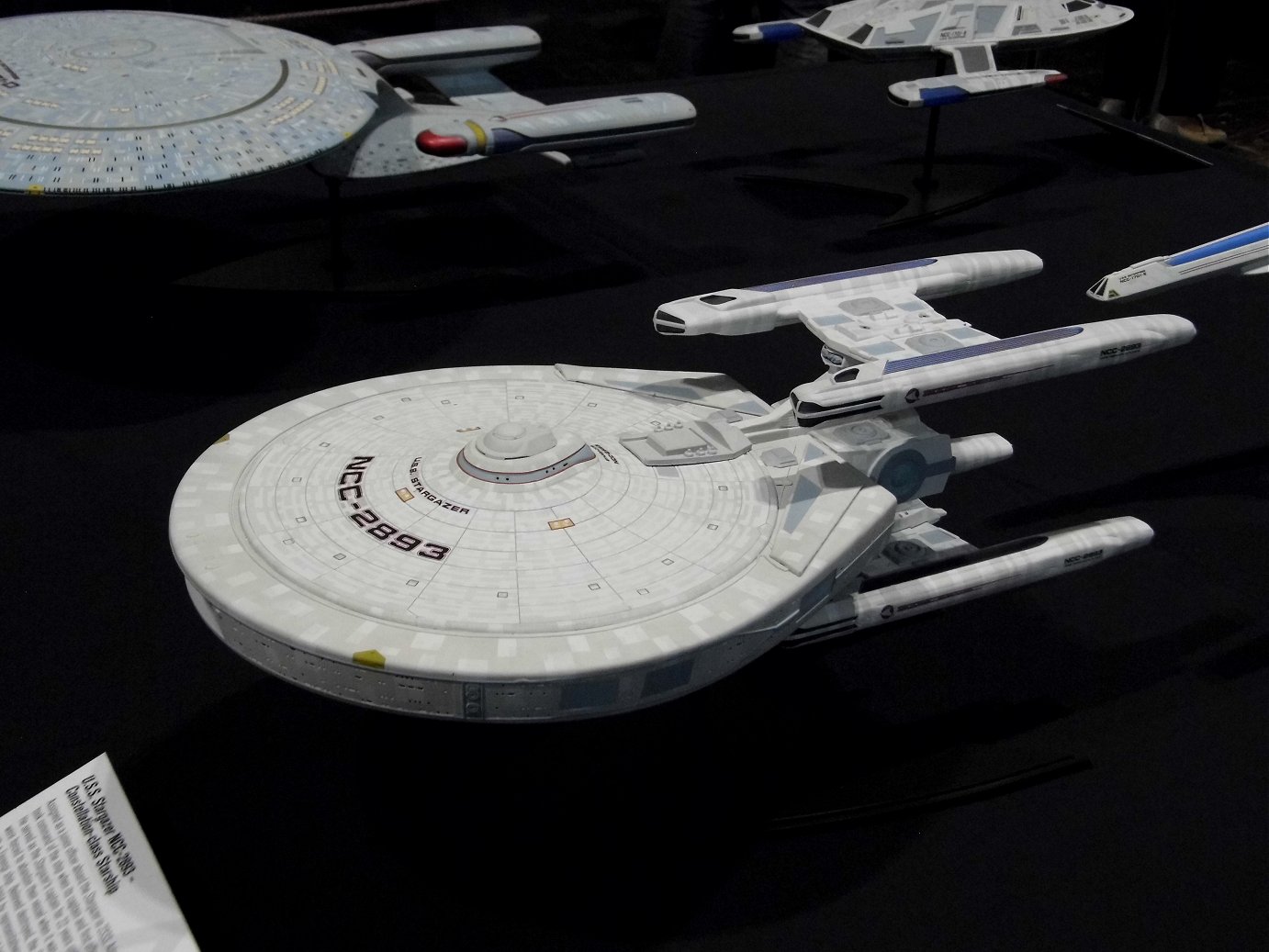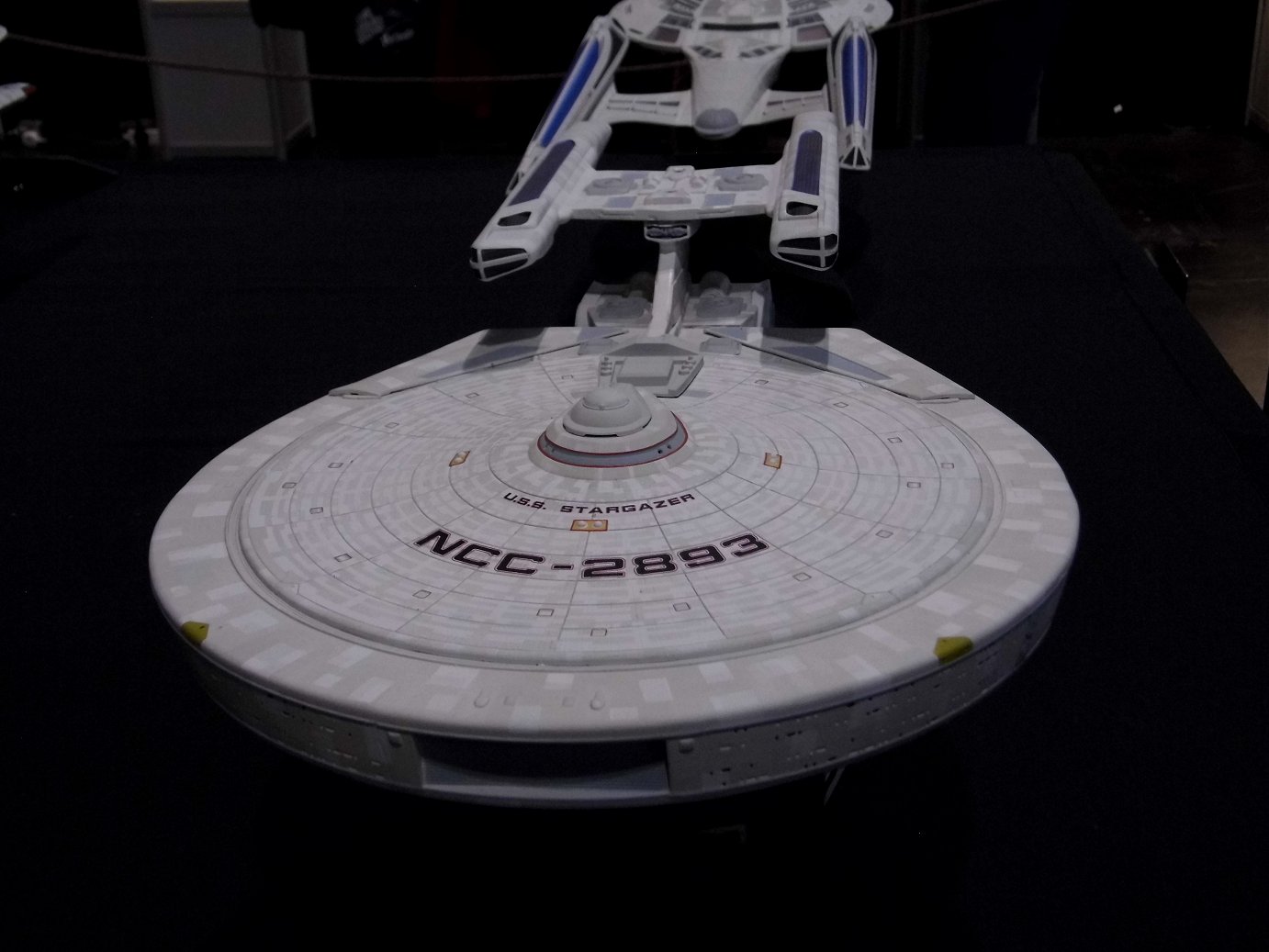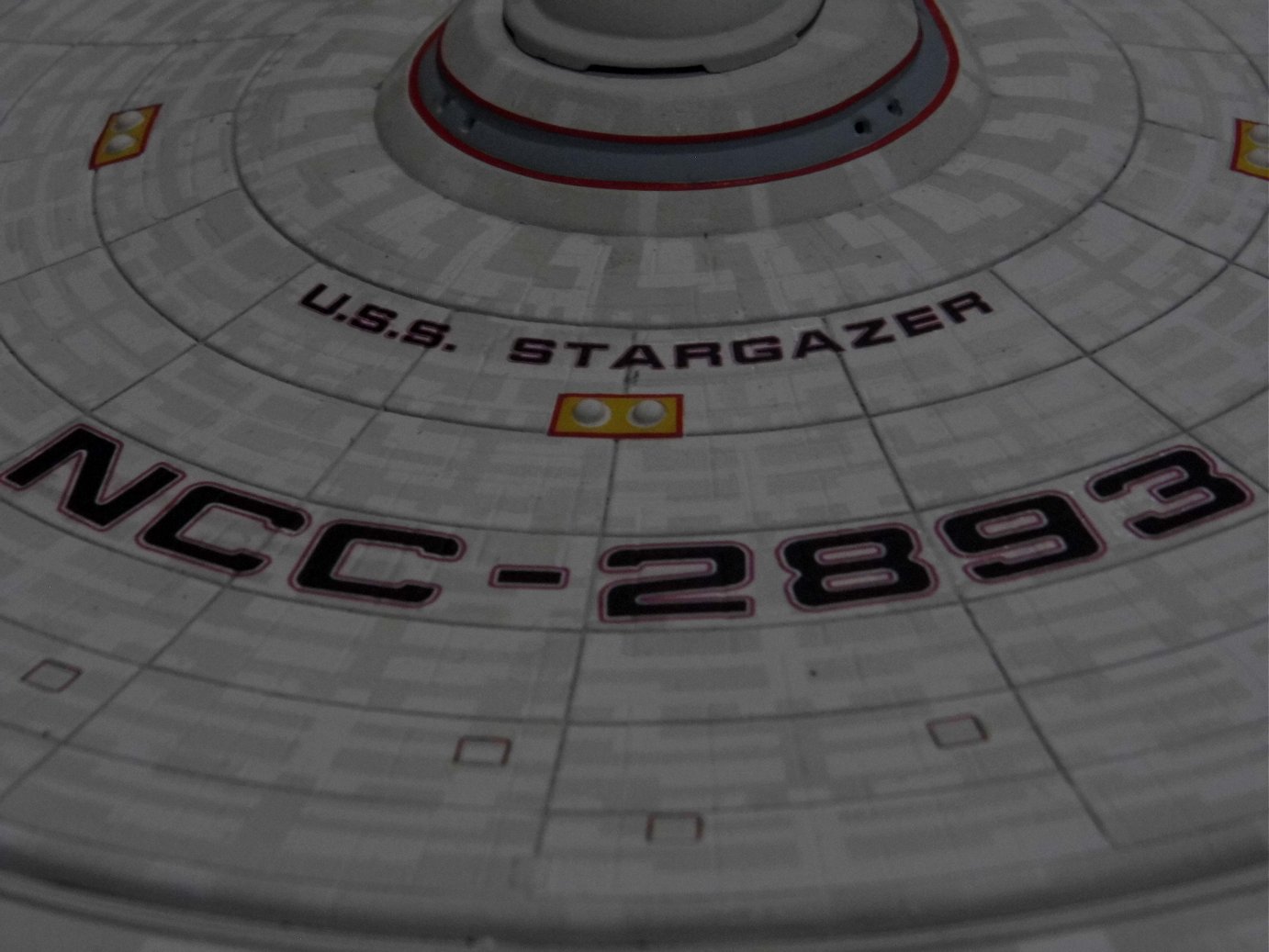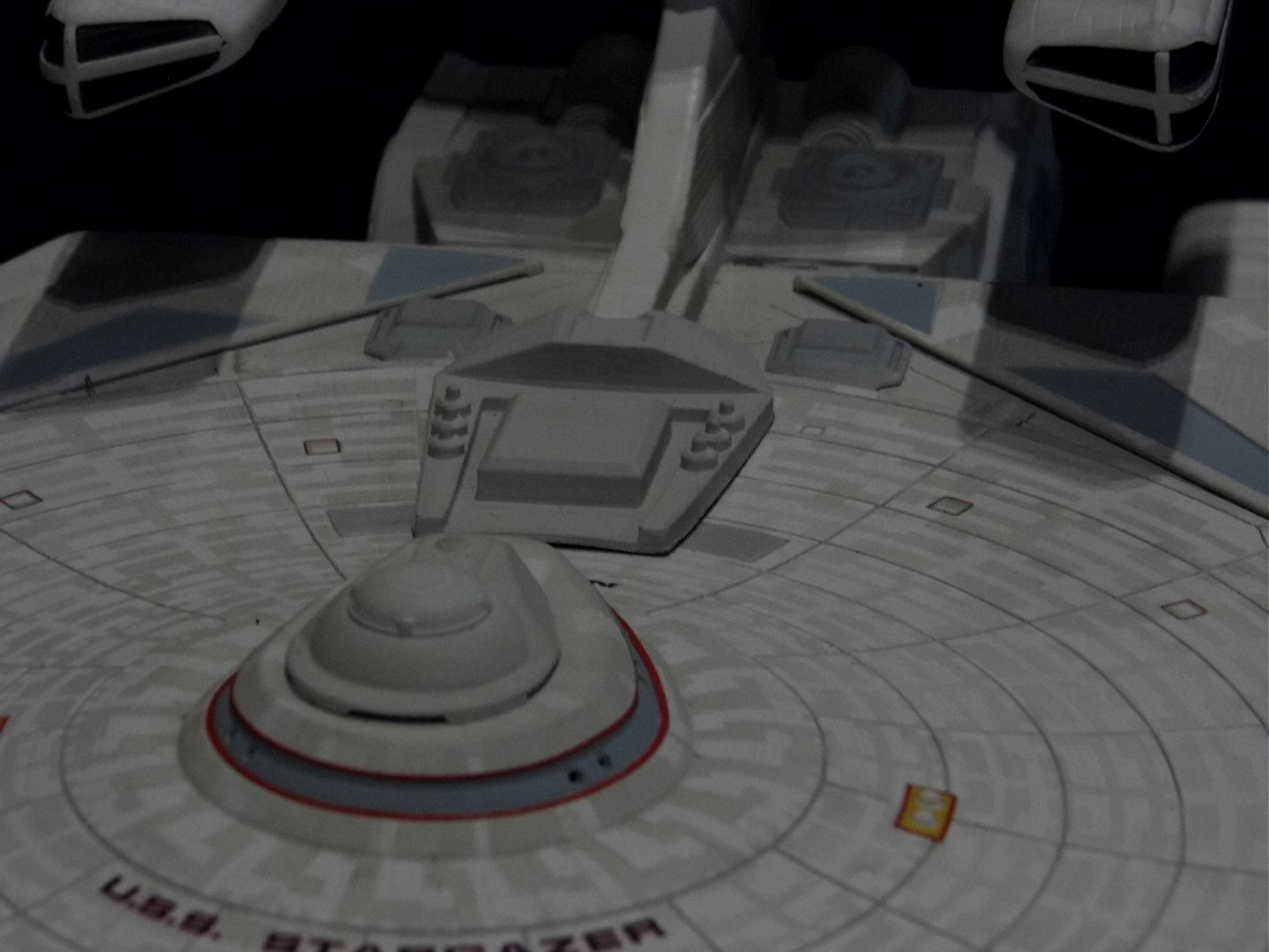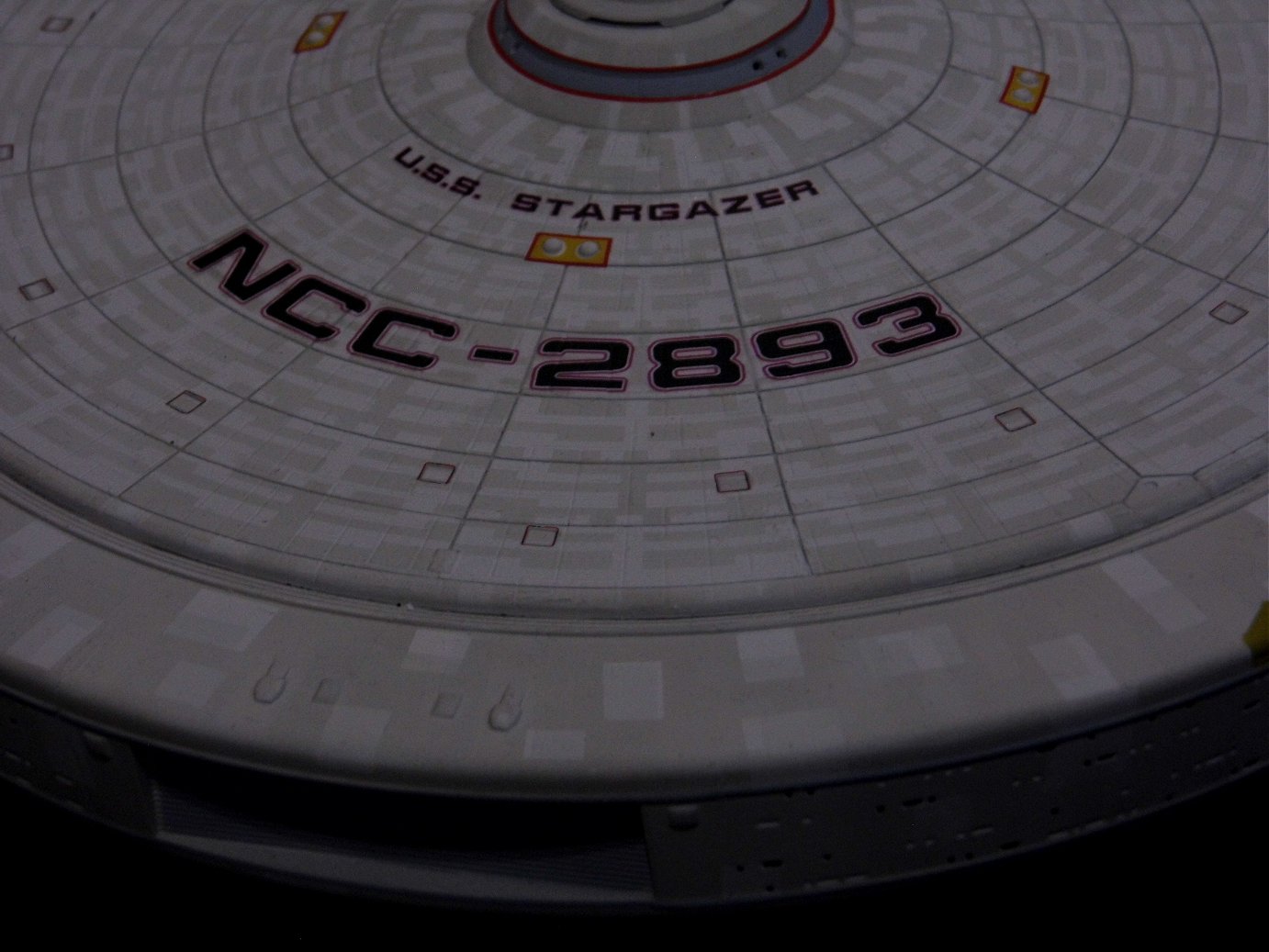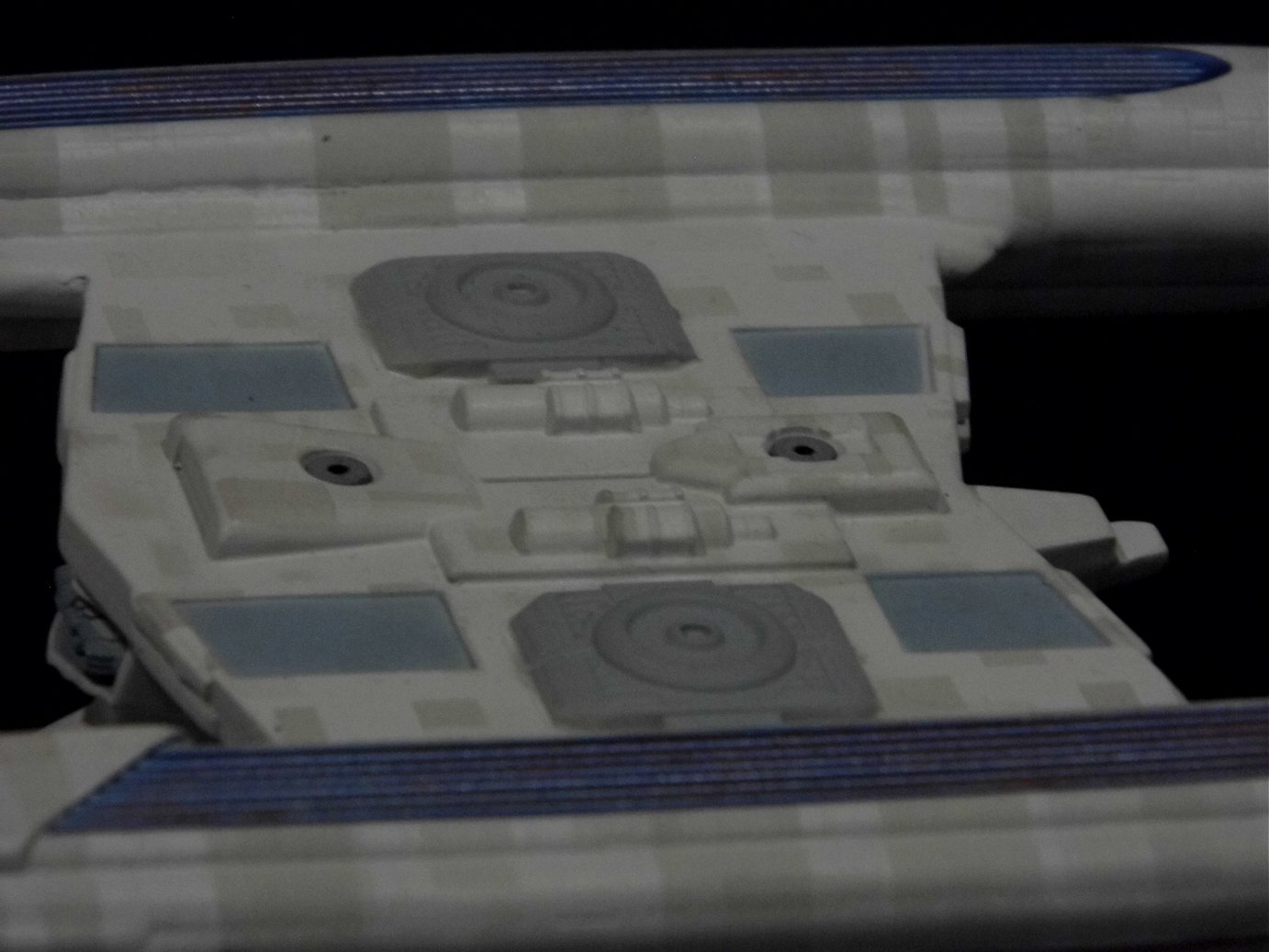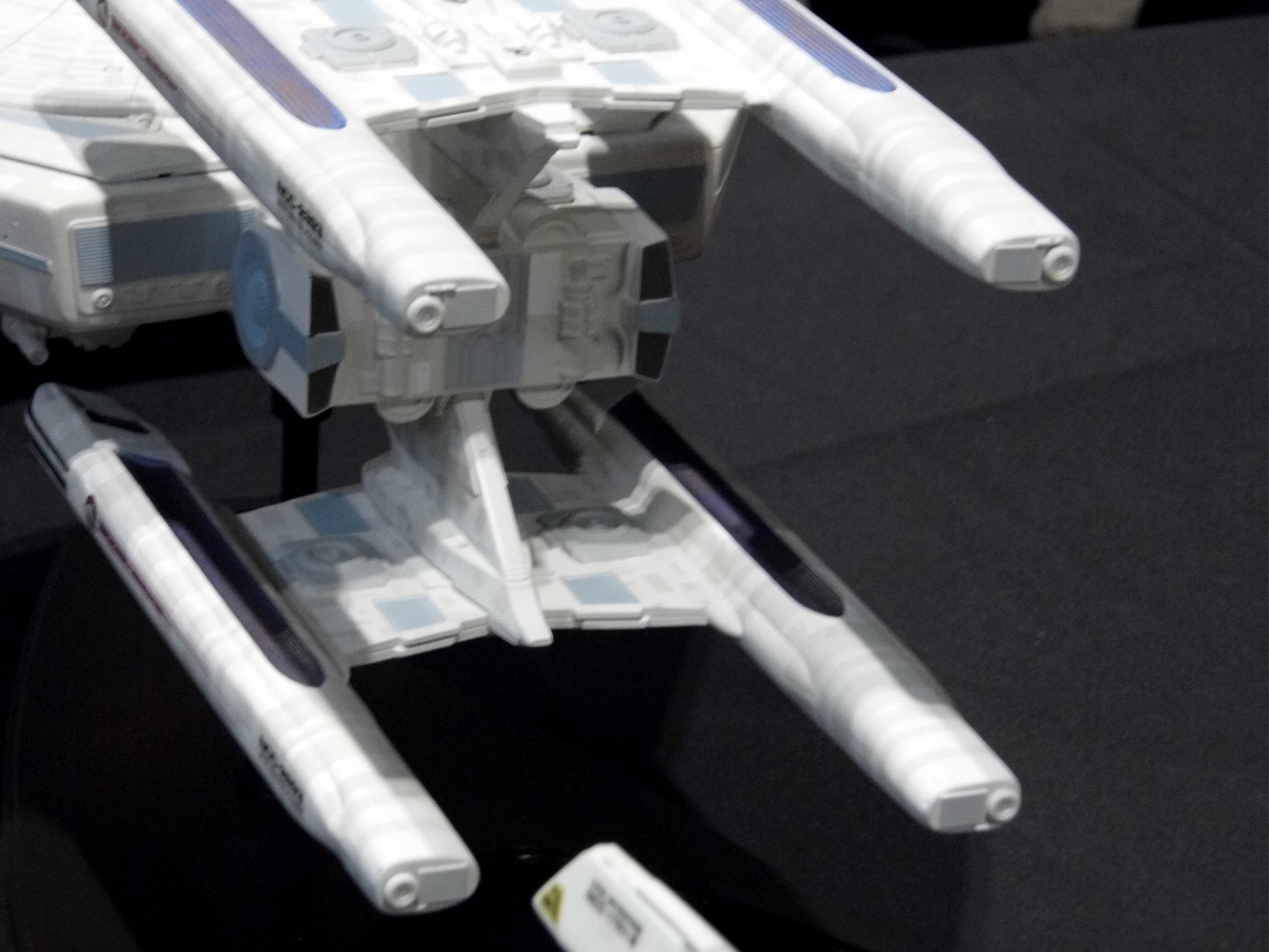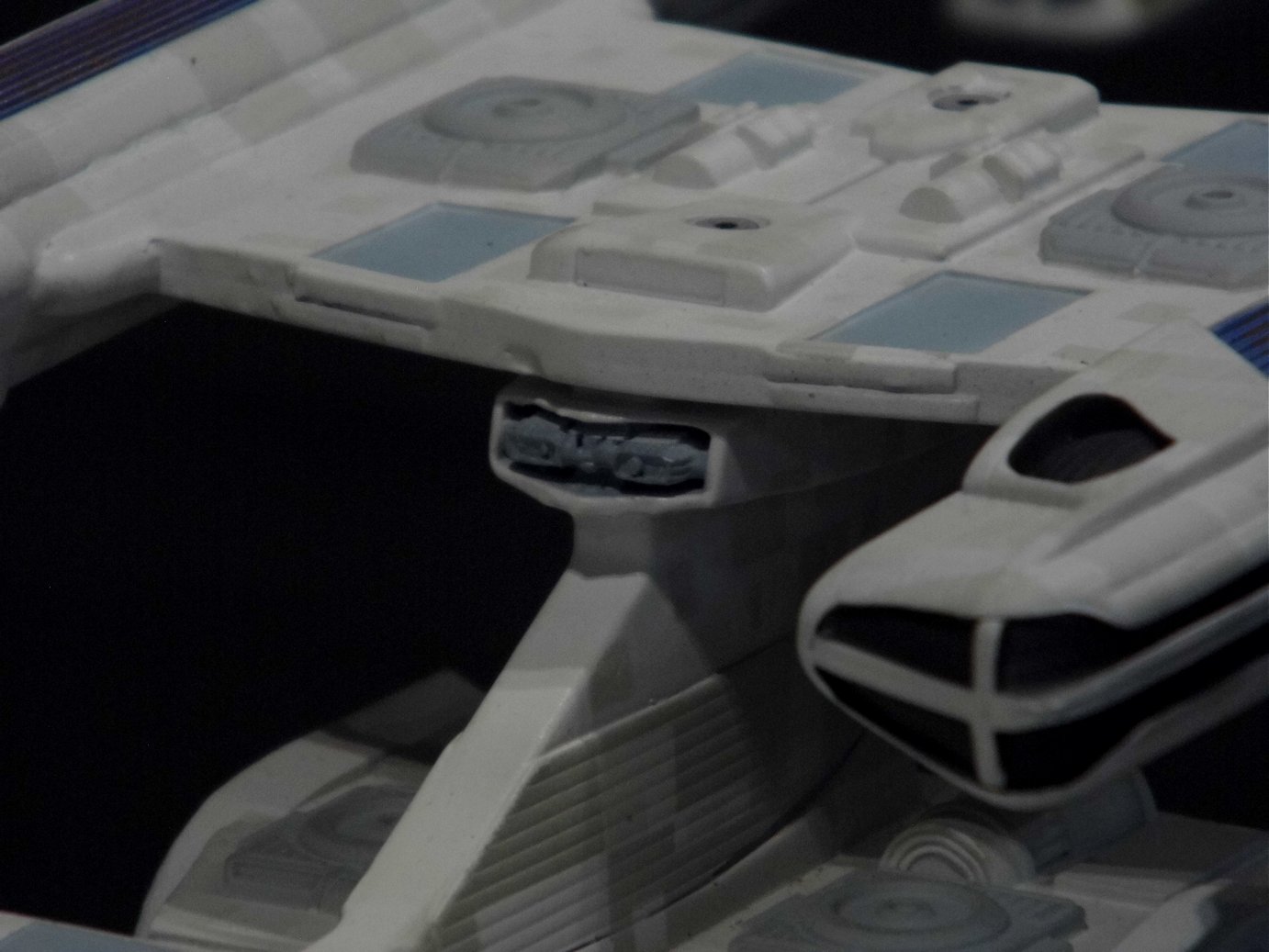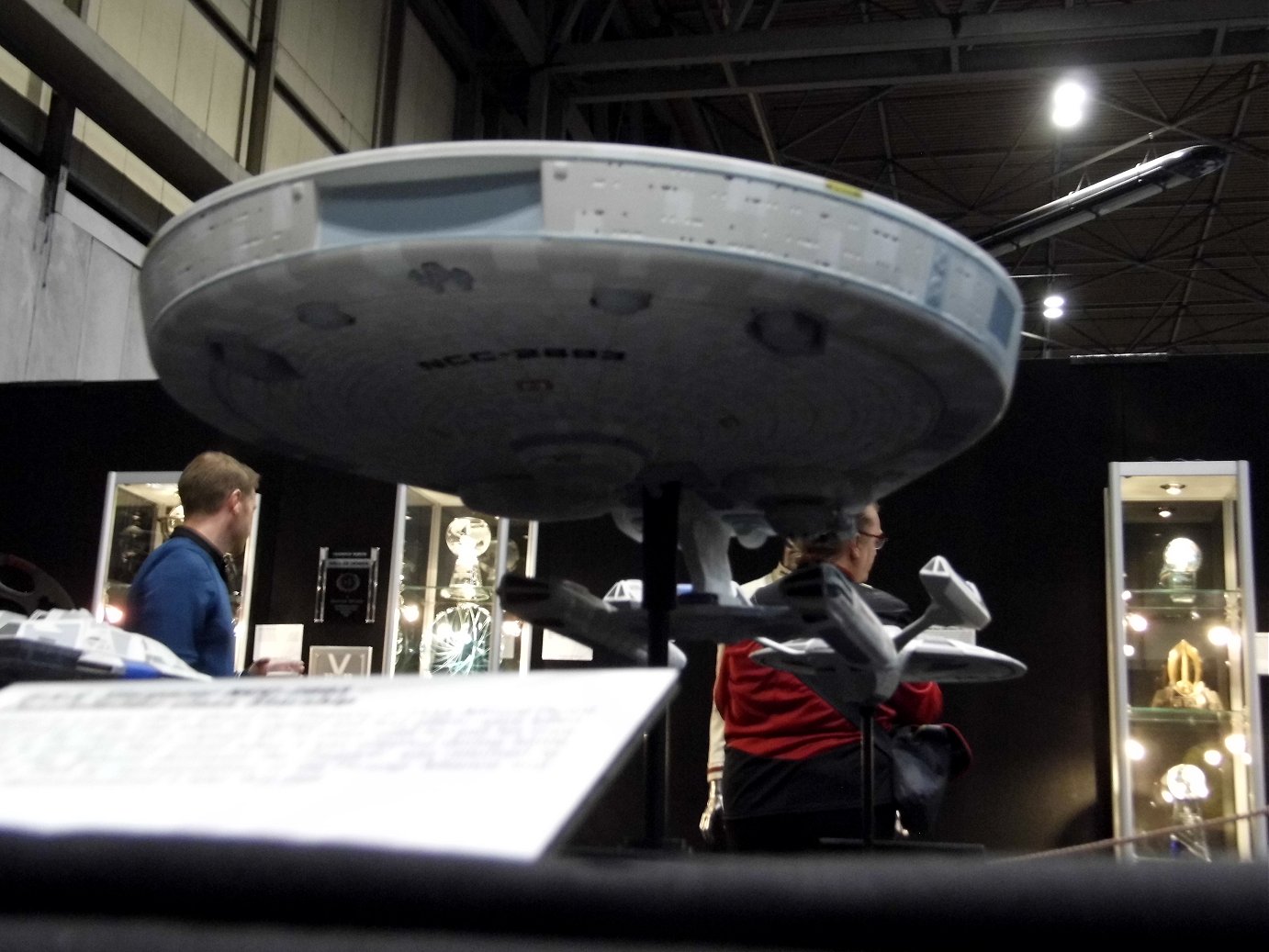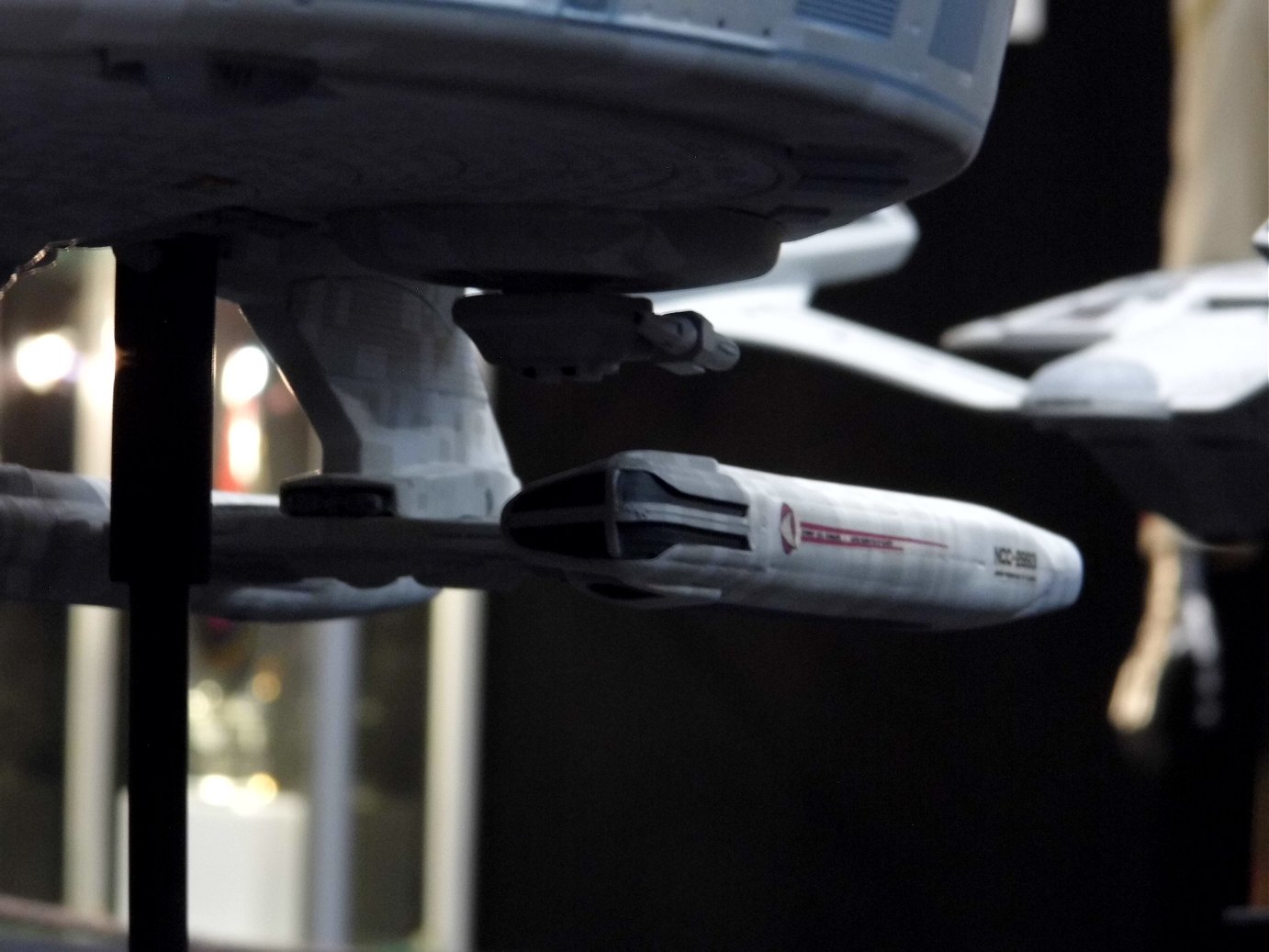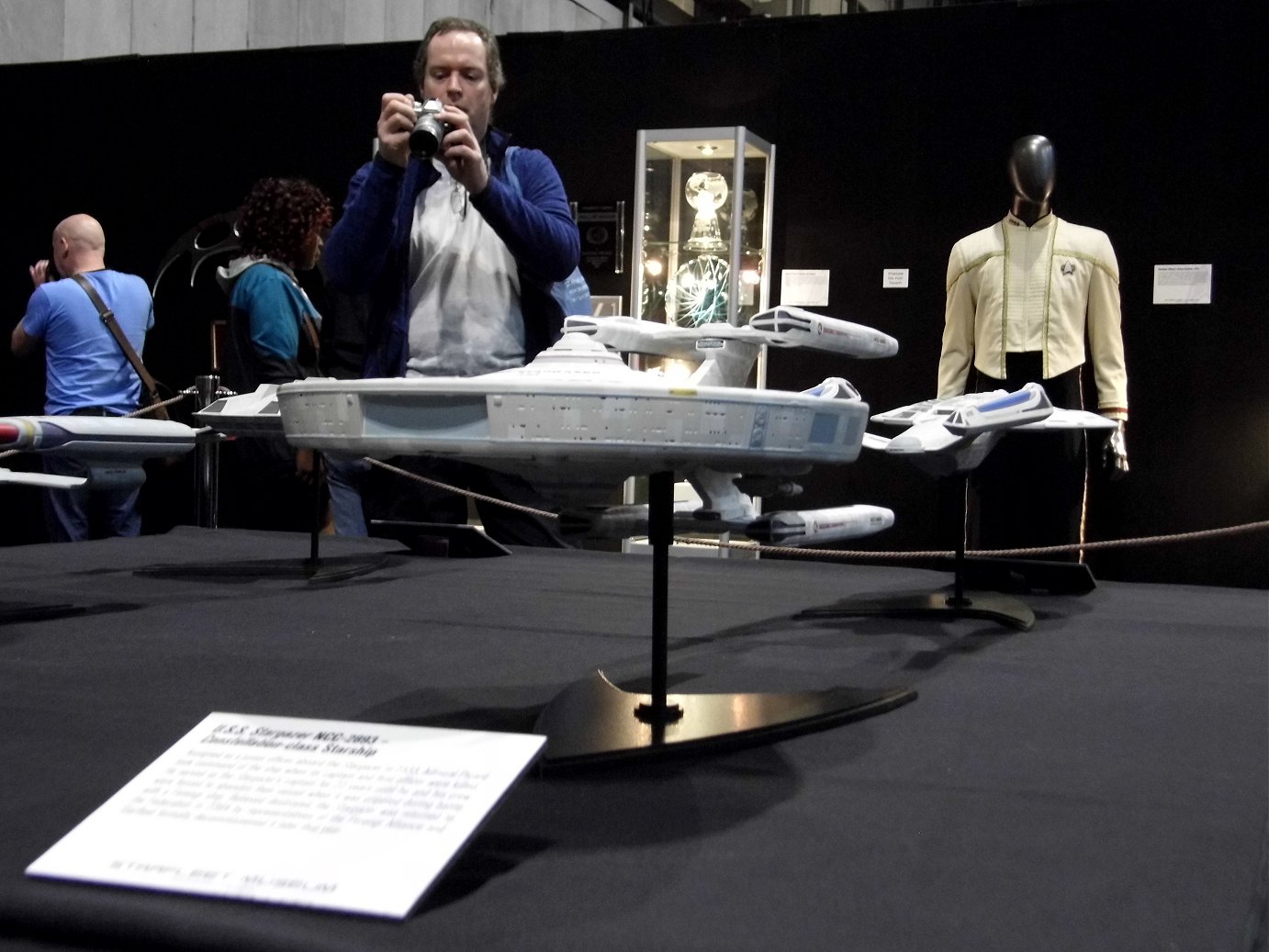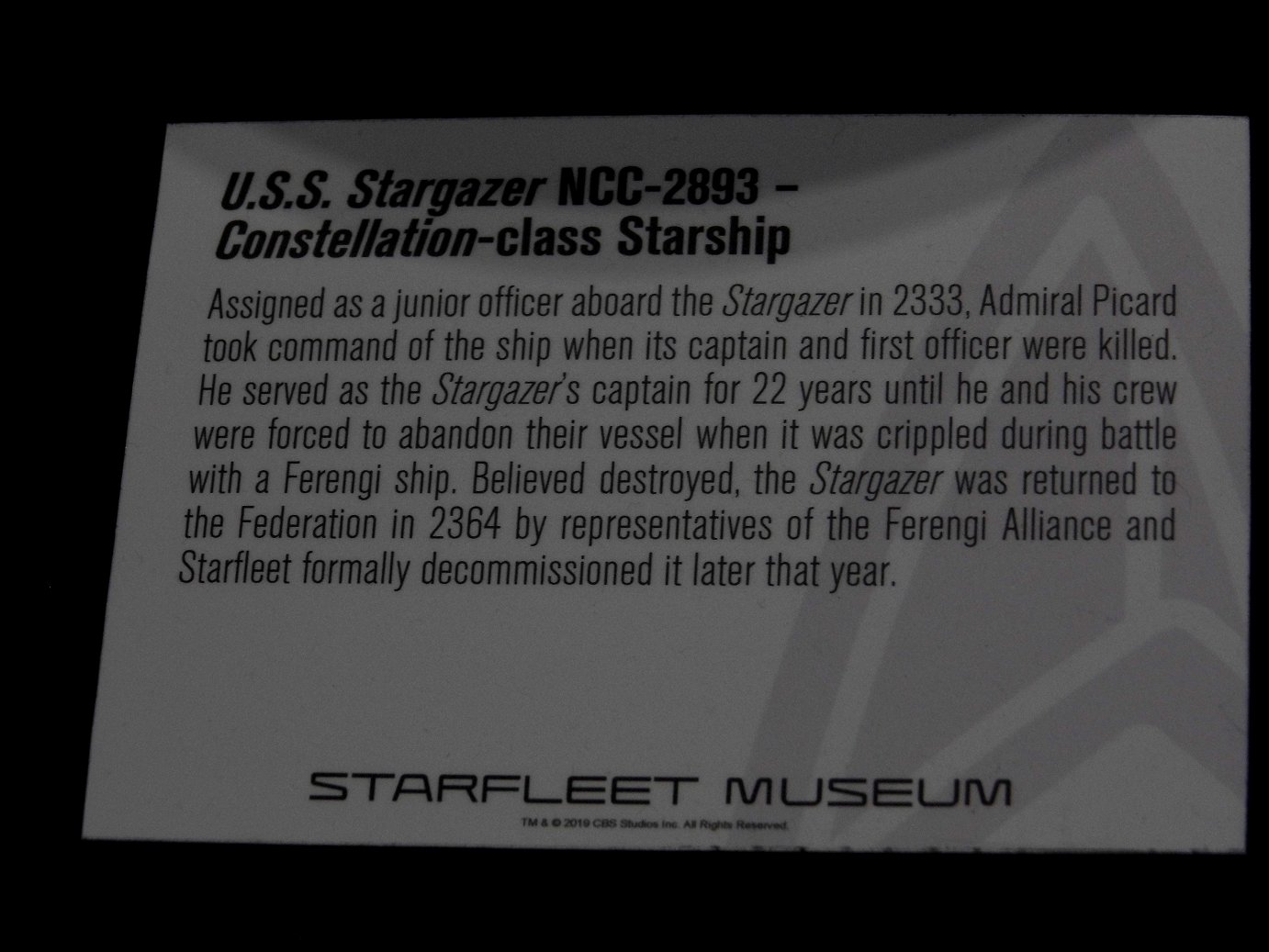

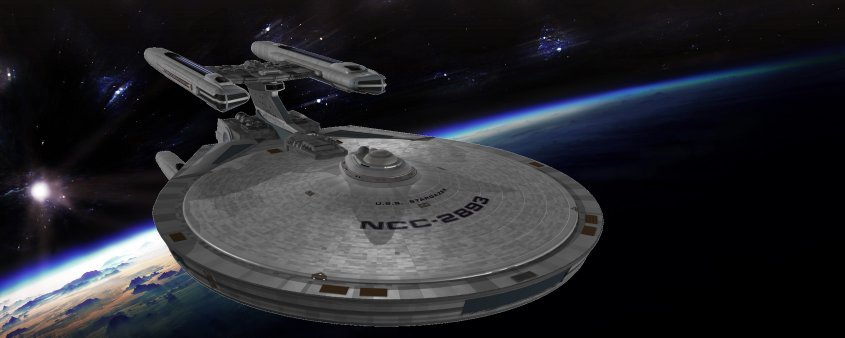 The Constellation class was authorised in May 2280 by Commodore Gihlan'T'Aehn of Taulihna IV. The Constellation class starship design came about due to a number of factors including the weaknesses of the earlier Constitution class design and the continual delays on Project Excelsior. The Constellation class starship is built around the word survivability. In short, the Constitution class starships were not surviving their 5-year missions because the wonders, mysteries and threats out there were just too powerful for a design that was then thirty years old. What was devised was a new class of starship that was built using already-available Constitution class parts from the refit design and building it into a starship with multiple redundancies. The Constellation class has four warp nacelles and four impulse drive units. This allows the starship to take more damage before these vital systems are disabled.
The Constellation class was authorised in May 2280 by Commodore Gihlan'T'Aehn of Taulihna IV. The Constellation class starship design came about due to a number of factors including the weaknesses of the earlier Constitution class design and the continual delays on Project Excelsior. The Constellation class starship is built around the word survivability. In short, the Constitution class starships were not surviving their 5-year missions because the wonders, mysteries and threats out there were just too powerful for a design that was then thirty years old. What was devised was a new class of starship that was built using already-available Constitution class parts from the refit design and building it into a starship with multiple redundancies. The Constellation class has four warp nacelles and four impulse drive units. This allows the starship to take more damage before these vital systems are disabled.
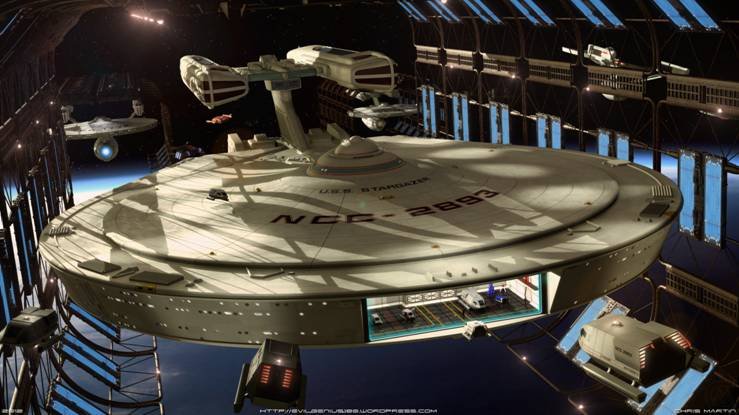 The sheer scope of the design to travel without resupply for three years, beyond the boundaries of the Federation meant that unique questions about survivability were to be answered. Should the Constellation class be abandoned 'beyond the red line', how would the survivors evacuate? Conventional lifeboats were disregarded due to the duration of returning home sublight speed. The adopted solution was twofold: the warp-capable shuttles just coming into production would provide some escape potential as well as additional single-use warp lifeboats. In the first instance the unique 4-nacelle design would allow the Constellation class to reconfigure any two of the nacelles to form the requisit warp bubble to limp home.
The sheer scope of the design to travel without resupply for three years, beyond the boundaries of the Federation meant that unique questions about survivability were to be answered. Should the Constellation class be abandoned 'beyond the red line', how would the survivors evacuate? Conventional lifeboats were disregarded due to the duration of returning home sublight speed. The adopted solution was twofold: the warp-capable shuttles just coming into production would provide some escape potential as well as additional single-use warp lifeboats. In the first instance the unique 4-nacelle design would allow the Constellation class to reconfigure any two of the nacelles to form the requisit warp bubble to limp home.| Name | Starship Registry | Notes | Author's Notes |
| Constellation | 1974 | Prototype. Launched 15/6/2284. | Finished testing in 2293 at Starbase 24. |
| Hathaway | 2593 | Second vessel commissioned. Launched 2285. | |
| Stargazer | 2893 | Launched 23rd April 2285. Nov 2285 certified warp 8. 2286 crewed and ready. | Captain Donald Capello was her first captain. Operated solo 2303 -2311. Sets new endurance records. Picards future command. |
| Valkyrie | 2590 | Delayed launch as partial magnetic containment failure during construction. | Stored at the Fleet Museum, Luna, after Voyager-era, alongside U.S.S. Stargazer. Both mothballed serviceable. |
| Gettysburg | 3890 | Fifth vessel, named for the famous decisive American Civil War battle. | Admiral Mark Jamieson's future command. |
| Magellan | 3069 | Sixth vessel. | |
| Victory | 9754 | Named in honour of Nelsons flagship at Trafalgar. | |
| Gihlan | 9761 | Renamed from Houbolt in honour of her designer. | Admiral Gihlan'T'Aehn died of a rare genetic condition. U.S.S. Gihlan was named in honour as the eighth and final member of batch one. |
 U.S.S. Montrose, N.C.C. 6236, was launched on Stardate 9555.5 (Earth year 2293) from Copernicus Orbital Fleet Yards, Luna. She is the second vessel of the second batch of the successful Constellation class Star Cruiser, designed to engage in deep space missions surpassing the five years designated for such missions so far. The term 'Star Cruiser' was coined for this class of starship as a publicity term - they can truly operate away from starbases for years. Montrose was laid down in 2287 as part of the second batch of Constellation class starships. Five years of construction would follow, aided by the continuing trials of the prototype and practical experience from the first batch in service. The aim was to have the second batch ready for full deep space deployment.
U.S.S. Montrose, N.C.C. 6236, was launched on Stardate 9555.5 (Earth year 2293) from Copernicus Orbital Fleet Yards, Luna. She is the second vessel of the second batch of the successful Constellation class Star Cruiser, designed to engage in deep space missions surpassing the five years designated for such missions so far. The term 'Star Cruiser' was coined for this class of starship as a publicity term - they can truly operate away from starbases for years. Montrose was laid down in 2287 as part of the second batch of Constellation class starships. Five years of construction would follow, aided by the continuing trials of the prototype and practical experience from the first batch in service. The aim was to have the second batch ready for full deep space deployment.
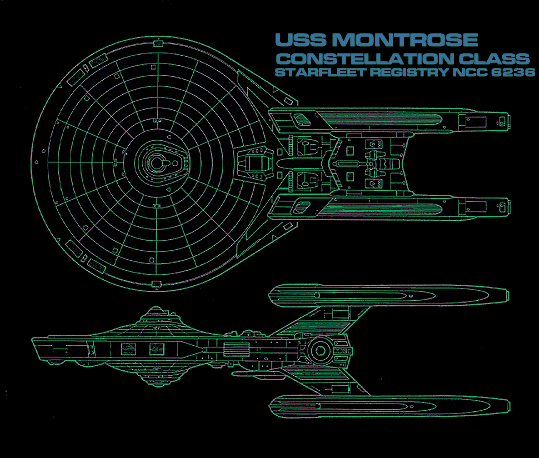
| Name | Starship Registry | Notes | Author's Notes |
| Diana | 1981 | Launched 2289. | First vessel of the second batch. |
| Heracles | 2682 | Launched 2290. | Name from Chris Martin CGI. |
| Pompeii | 2982 | Launched 2291. | Name from Chris Martin CGI. |
| Javelin | 3723 | Launched 2291. | Named for the Avro Javelin fighter, a design that never had to fire a shot in anger. |
| Cochise | 4811 | Launched 2292. | Later seen in Stargazer novels. |
| Houbolt | 6205 | Launched 2292. | Second vessel of this class to be assigned this name. |
| Montrose | 6236 | Launched from Copernicus Yards stardate 9555.5 [2293]. | Hawkins' first major deep space assignment. |
| Halifax | 6330 | Sixth vessel. | Named both for the towns in Canada and West Yorkshire, England, as well as the Canadian frigate. |
| Tromp | 6341 | Seventh vessel. | Named for the long dynasty of Dutch naval vessels. |
| Cavalier | 6354 | Eighth vessel. | Named for the sole remaining WWII Royal Navy destroyer. |
| Dreadnought | 7745 | Ninth vessel. Named for the 1906 Royal Navy battleship. | Named for a class 50 diesel railway locomotive and the first British nuclear submarine, as well as the revolutionary 1906 battleship. |
| Gibraltar | From Stargazer novels. | ||
| Antares | Perhaps most used name in Starfleet. | Name from Stargazer novels. |
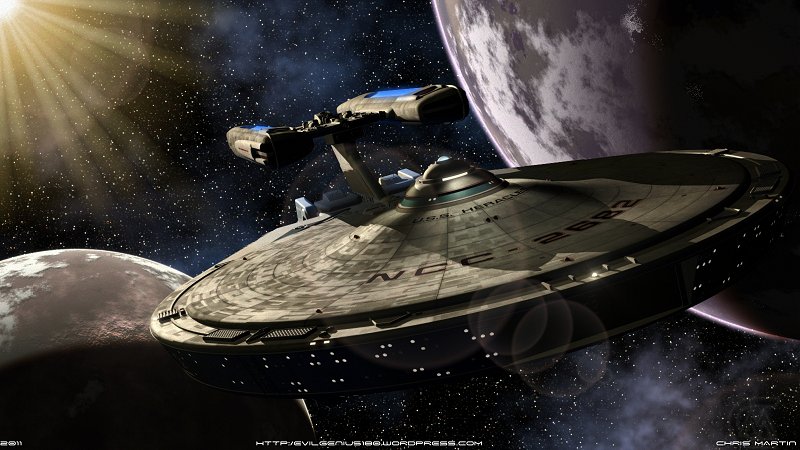 Authors Notes: This article is dedicated to the designers and advocates of the Constellation class: to Andy Probert and Rick Sternback for designing the original Stargazer in Picard's Ready Room, to Greg Jein for upscaling that model to a full filming model, and thanks also to Doug Drexler for creating the CGI version for the Stargazer novels. On March 4th 2013 I corresponded with these individuals and received the following insights: AG Probert "Thank you,... it was fun, especially when Rick added some 'detailing' from our Anime parts collection." Rick Sternbach "Heh. But I have to tell you that every single one of those anime parts has a very specific but astoundingly secret Starfleet reason to be there. Honest." Rick Sternbach and Doug Drexler debated the practicality of abandoning ship in deep space: Rick Sternbach: "It occurred to me only after doing the magazine article that if trapped on the wrong side of the Neutral Zone, escape pods are probably not going to be very useful. Those hanger bays what got nice warp shuttles would be the best thing." This the fuelled the debate: Doug Drexler "Rick! What do you think about a single jump Lifeboat for missions like this? Thoughts?". The reply was: Rick Sternbach "Well, I think the smallest warp-capable craft we've ever done was the speedboat shuttle, so in terms of internal volume and nacelle size, you could certainly repackage the hardware into something lifeboat-shaped, perhaps more horizontal than the squat vertical shapes we've used for escape. Maybe something along the lines of the Mars Perimeter Defense torpedoes, but a bit more angular and utilitarian. Works for me."
Authors Notes: This article is dedicated to the designers and advocates of the Constellation class: to Andy Probert and Rick Sternback for designing the original Stargazer in Picard's Ready Room, to Greg Jein for upscaling that model to a full filming model, and thanks also to Doug Drexler for creating the CGI version for the Stargazer novels. On March 4th 2013 I corresponded with these individuals and received the following insights: AG Probert "Thank you,... it was fun, especially when Rick added some 'detailing' from our Anime parts collection." Rick Sternbach "Heh. But I have to tell you that every single one of those anime parts has a very specific but astoundingly secret Starfleet reason to be there. Honest." Rick Sternbach and Doug Drexler debated the practicality of abandoning ship in deep space: Rick Sternbach: "It occurred to me only after doing the magazine article that if trapped on the wrong side of the Neutral Zone, escape pods are probably not going to be very useful. Those hanger bays what got nice warp shuttles would be the best thing." This the fuelled the debate: Doug Drexler "Rick! What do you think about a single jump Lifeboat for missions like this? Thoughts?". The reply was: Rick Sternbach "Well, I think the smallest warp-capable craft we've ever done was the speedboat shuttle, so in terms of internal volume and nacelle size, you could certainly repackage the hardware into something lifeboat-shaped, perhaps more horizontal than the squat vertical shapes we've used for escape. Maybe something along the lines of the Mars Perimeter Defense torpedoes, but a bit more angular and utilitarian. Works for me."